I arrived to Kenya on Monday 1st of October and I spent my first day in the capital, Nairobi. I must say, it’s not a nice city. It’s very big, dirty and there is not much to see except for the area around the parliament. There, it’s quite nice, but in half a day, you have seen everything. I was lucky that a few weeks earlier I had met Vida from Sweden and his girlfriend Ana from Spain during a festival in Uganda and they had invited me to join them that night. Vida’s colleague, Myles, was celebrating his birthday with about 20 people – almost all working for the UN. We met at a Japanese/Korean place for dinner and it was a very nice evening. Even if Nairobi is not a beautiful city, the food there is quite good. 😊
On Wednesday, October 3rd, I took a plane to Kisumu, a city in the west of Kenya, only a few kilometres from the border to Uganda. At the airport, I was received by Julius, the co-manager and co-founder of Kipepeo, the NGO where I would be volunteering for the next 3 weeks.
Kipepeo is based in Kima, a small town about 30km from Kisumu. It was founded in 2009 to organize initiatives that would enable community groups in need to participate in integrated activities to achieve quality livelihood and to be self-sustainable. Kipepeo Community Empowerment Program provides services in entrepreneurship and development, information technology and empowerment (IT), education (Kipepeo Community Education Center) health and education in HIV & AIDS management and awareness, malaria & tuberculosis awareness ; rehabilitation of street kids, supporting orphans and vulnerable children, deployment of local and international volunteers to various community projects, community entrepreneurship and community microfinance training and monitoring (Community savings & loaning). The projects where it’s possible to volunteer in are teaching at the Kipepeo primary school (Kipepeo Community Education Center), work as an instructor for computer lessons and in the construction of the new Kipepeo ressource centre that will one day become the Kipepeo headquarters and maybe even host the school.

My project had initially been called “School renovation and empowerment project” and the type of work was supposed to be: repair, maintenance, construction of desks, painting, and development of the school. When I got there, Julius explained to me that I could, of course, help out in the maintenance of the school, but that they actually needed teachers at the moment. 1 volunteer, Simon from Austria, had left a few days before my arrival and one teacher had gone back to college, so now they were only 3 teachers for 8 grades and 67 children.
To be honest, at first, I wasn’t thrilled about this project. I thought there would be more volunteers, but I was the only one and teaching was not what I had in mind when I went there. Julius told me to just go, have a look at the school one morning and then let him know what I wanted to do; I could even work on the construction of the new ressource centre if I wanted. So, on Thursday, I went to the school and assisted to a few classes. They really needed teachers; those that were there had to move from one class to another all the time, giving classes in 8 different groups at the same time! And the children, OMG, they were sooo sweet! They were very well educated: if you tell them to do something, they do it without questioning. If you leave them alone for an hour and tell them to work on something, they do it without getting too noisy; if there is no teacher available, one amongst them is responsible for revising everything they have seen so far with the others. They are pretty independent and very nice. None of them called me “mzungu” (“white”) – a word I despise! – but only “teacher (Bianca)”. So, I decided quite fast not to be mad about the change of program and to just go with the flow and teach.

During the next 3 weeks, I gave English classes, science, most of all, math. The children were absolutely adorable and I even bought them each a new pencil (they were in dire need of that) and some books for the school.
School started at 7:30AM and ended between 3PM and 4PM. There were 3 breaks : 9:30AM, 11:30AM, 1PM. During the second break, they got porridge and during the 3rd break they got lunch. The teachers also get food. There is one cook, Beatrice, and she’s very sweet, but she doesn’t speak much English and so we communicated little. The hours are pretty flexible, sometimes the first class only starts at 9AM and lunch is only at 1:30AM. It’s all very relaxed and casual here. 😊 Sometimes during the breaks, Peter, the head-teacher, put on music and all children danced. Other times, I played games with them.
There are also some very formal elements in this school: every Monday and Friday morning, the kids heave the school flag and sing different songs before going to class and, always before lunch, the kids have to form a line and wash their hands in a water basin outside of the kitchen before getting food.
In the begining, I absolutely love this place. I even got Swahili lessons during my first 2 weeks. It was a bit ridiculous to sit next to the children and learn with them, but whatever. It was very useful, because in this town, even though most people speak very good English, people usually speak Swahili and it inspired more sympathy in them when I spoke Swahili to them, even if it was just basics… In all the other parts of Africa I had been before, I never bothered with learning the language, mainly because I mostly stayed with the other volunteers who spoke French or English and because it seemed useless to learn these languages. Here, however, I was all alone and I really wanted to learn the language; also, Swahili is actually useful, being spoken in several African countries. I hope I can continue learning it after my departure (I didn’t though).
During my second week, the kids had exams and the classes stopped. It got a bit boring after the exams, because there was not much to do anymore and the teachers were mostly sitting around and the kids playing. What made it even more boring was the fact that the 3 other teachers – and Beatrice – talked all the time in Swahili and I didn’t understand a word. I was a bit disappointed that they made very little – or no – effort to include me and sometimes I felt a bit unwelcome. Priscilla was the nicest of them; she often talked to me and let me help her with whatever she did with the children. Peter and Mary never did that and Peter gave me the feeling that he thinks I’m an idiot who doesn’t know how to handle children. He gave me tasks with the little ones who didn’t understand any English – which meant that any communication was doomed to fail. He always asked one of the other teachers to assist me or he assisted me himself when I had a task, like reading stories with the children. When it was him, he totally took over and it was pretty diminishing. In the end, I believe he didn’t like me much, but I don’t know why. Because of this, I didn’t like him either. It’s a shame, we could have had a good time together.
During my time in Kima, I stayed at Julius’s place. He has a spare room and I even had a proper bed – as opposed to the other volunteering places in Africa I had been before where I usually slept on the floor. His place was quite small, but nice. Usually, Julius cooked, and I washed the dishes. He was quite a good cook! 😊
For breakfast, we usually toasted some bread (he cooked with gas, so it was fast to toast the bread and to cook) and we had some banana with it. For lunch, I usually ate at school, but I could also go to the Kipepeo headquarters where they often ate chapati and beans. The food at school wasn’t very good, or at least I didn’t really like it. It was either Ugali with greens or beans with corn. Both are heavy on the stomach and not very tasty… I could, of course, have gone to Kipepeo, but I think that would have offended Beatrice, the cook, and she was very nice. So, I just pretended not to be hungry at lunch time and I only ate very little. That wasn’t too bad, since after school, around 5:30PM, I always got either some freshly made samosa in the street – they were absolutely delicious! – or I went home early and prepared some noodle soup.
In the evening, we ate different things, like rice, pasta or Ugali (a paste made of corn flour and boiling water) with some sauce and vegetables, sometimes with meat or eggs. It was quite good, except for the most common and traditional dish: Ugali with greens. If I never have to eat this again, it’s too soon! 😄 Ugali is a firm mixture of corn flour and boiling water. It’s not too bad, but you have to eat something tasty with it, like a good sauce, otherwise it doesn’t taste anything. In many countries in Africa, they eat this, because it’s cheap and fills your belly quite fast. The greens they eat with it are not cooked enough, in my opinion ; they are still quite hard and bitter. I really can’t eat it anymore… Thankfully Julius quickly understood that I didn’t like it and he didn’t make it very often. 😊
In the school, we also got a snack during the break at 11:30 called “Mandazi”. It’s a fried sweet made of flour and yeast, kind of what at home we call “Mutze”. It would be good if it was fresh, but when we got it, it was always cold and not very tasty anymore. It’s also quite heavy on the stomach and, after only a week, I only managed to eat it when dipped in my tea…
After school, I was free to do whatever I wanted: go home and work on the publication of my PhD or relax, go to the Kipepeo headquarters and spend some time with Julius, Moses and Bruno, or go for a walk. There was not much to do in Kima, but the area was very beautiful and I really liked walking around. The ressource centre they were building was about 15 minutes’ walk from the school and it was a very nice place to just sit around and read, just like the close by hill with its huge stones. I would have gone there more often, but during most of my time in Kima, it rained constantly from 4 to 5PM and so I didn’t go out much between school and dinner, just to the office where I could see outside and read without getting wet.
I went to the office every day after school and sometimes during the weekend, but Julius never had any work for me. So, either I worked for myself (preparing travels, writing, etc.) or university or I just went home. I liked being in the office, because there were always nice people around and my best friend was always waiting for me. She’s a young girl – 2 years, I guess – and the daughter of the shop owner next door. She’s the sweetest thing in the world and even though we didn’t understand a word the other said, we loved each other very much!
During my second week, going home started to be an annoying thing. For one, there were always some annoying town beggars and drunks who started talking to me so that I would give them money or something to eat. Obviously, I couldn’t do that or I would never finish. Much more annoying were the kids, especially, the teenagers who were very rude. They called me and screamed often from far away “mzungu!!! how are you???”. Per se that’s not mean, but it’s very annoying if you hear it 1000 times a day and especially if they call you from a far distance like you’re some wild animal they’ve never seen before. Others were much worse, they ran after me, followed me, made fun of me, insulted me or tried to touch my bags and me. I hated it very much; I felt like an animal in a zoo that people stare at, shout at and try to touch without them wanting it – I’m never going to a zoo again, that’s for sure. And it’s not like they had never seen a white person before; Kipepeo often gets white people to this town and that for years… They made me wish my stay in Kima was already over… In the end, my strategy was to change sidewalks when I saw any teenager approach from afar – stupid teenagers!
During my first weekend, I visited Kisumu. It’s not very big nor is it nice. I had to go see a doctor, because I had some stomach issues, so I had only about half a day to see the city, but that’s quite enough. I walked around, went to the big supermarket (there is no supermarket in Kima, only small shops) and I visited the Kisumu museum. It’s a bit expensive for what it is, but it’s nice and it’s a good place to get some quiet time away from the constant “Mzungu, give me money ! Mzungu, buy something! Mzungu, take a boda!” that you hear in the streets. In the museum, I learned a lot about the Luo culture. Luo is one of the 3 main tribes in Kenya; next to the Maasai, the only tribe today who still lives in the traditional way. Luo is the tribe that originates from the North-west of Kenya and that has expanded all throughout Kenya, the North of Uganda, South Sudan, South-Western Ethiopia and Northern Tanzania. It was very interesting.
The next day, Julius and I went hiking to the hill next to the village. It was only 1 hour to get to the summit, but the view was breathtaking. We spent a lot of time up there, just enjoying the view and listening to the music of a nearby church that you could hear quite well up there. From there we went to Maseno, the next big town. Julius showed me the university there and the town. On our way back to Kima, we stopped at one of his friends’ place who told us he was to receive 5 Australians the next week who wanted to open either an orphanage or a school in Maseno, “a gift from God” they had called it (that made me very suspicious, I had never met such religious Australians before) and we would meet the next week (but we didn’t, they never came to Kima). Anyway, it had been a wonderful day and I enjoyed the hike and the view a lot! 😊
During my second week, on Wednesday, there was some kind of a holiday and there was no school. I say “some kind of holiday”, because nobody seemed to know exactly what it was; it had existed a few years back, then been abandoned and this year it had been reintroduced, but everybody except for schools worked that day. Me too, I had to work. Julius and I went to the ressource centre where some workers were finishing the fish pond. While Julius was watching them, I was digging and shuffling a rain drainage around the building. That was very hard work and when I finally finished after 2 or 3 hours, I was absolutely exhausted and starving. It had been nice though, working with my hands again and seeing progress immediately. I spent the afternoon with Julius and Bruno at the office, but worked mostly for my university and not for Kipepeo.
On Sunday, Julius and I went hiking again, discovering new places. Julius likes hiking, but he’s not a professional hiker; he always starts very late – this time at 11:30AM – which meant that we hiked in the greatest heat and that, on our way back, we got into heavy rain. Still, he’s quite adventurous and you can only call this hike an adventure: up the hills, across high plants and big boulders, not following any trail. It was fun and the view was amazing! This area is absolutely beautiful and I’m sure no tourist has ever seen it.
I was, of course, the only white person around and for some of the people we met on the way, I was probably the first white person they have ever seen. All people here are very friendly to me, greet me and they usually are thrilled when I can answer in Swahili. 😊 Only the kids are quite annoying; when they spot me from afar, they start yelling, “mzungu!!!”. This bothers me a lot; I feel like a zoo animal. To be fair, usually it’s only kids in a group, when I meet 1 or 2 in the streets, they are mostly very shy. Still, everywhere I go there are kids calling out all the time: “Mzungu ! How are you?”. This seems to be their favourite sentence in English. Sometimes they try to imitate an American accent, which is awful. 1) Just because I’m white and blond, I’m not American (they seem to think that all blond white people are) ; 2) this accent is awful as it is, why imitate it!?
It’s not too bad here, though. I have heard from many other travellers that Kenya is especially bad in what concerns children running after you, screaming: “Mzungu, give me money!”. Here it’s not a big problem, I rarely get asked for money, only by some kids and by some beggars. Most of the time, people are just curious and want to know how I am doing.
During my third weekend, I went to the forest of Kakamega to do the sunrise hike. This forest is actually part of the tropical rainforest that used to cover big parts of Africa hundreds of years ago. So, on Saturday after lunch, I took a Matatu (small bus) from Kima to Chavakali (1h, Sh. 800) and from there to Kakamega (1h, Sh. 100). The Matatu drivers are always very nice to me, since there are not many white people in this area and I always get a seat in the front. This is great, because you don’t only have the best view, you also have more space than in the often very crowded back. Unfortunately, I later realized that one of the seats of one of the 2 Matatus had had bedbugs and I got bitten badly on one shoulder. Fortunately, they didn’t get into my clothes and so didn’t have to throw them away.
In Kakamega, the first thing I did was go to the supermarket. I wanted to buy some food for breakfast the next morning before my hike. I was thrilled! After 2 weeks my first time in a big supermarket and so I indulged myself in buying some chips and some cookies. Afterwards, I was pretty hungry and went looking for lunch. On Google maps, I had seen a nice restaurant, but it was closed. So I had to go to a small local restaurant where I only ate some fries (with my weak stomach I prefer not to eat meat or vegetables in a shabby-looking place). It was quite good though and, best of all, it was very cheap.
Then I tried to find a boda (moto-taxi) to my guesthouse in the forest. Julius had warned me that I would probably not be able to find something below Sh. 200, but that the normal price was Sh. 150. So, that was my negotiation point. After trying with 5 different guys, I realized that Julius’s information was wrong and I wouldn’t be able to find a boda for less than Sh. 250. When I was finally on the road, another problem: a flat tyre. So I had to wait about 15 minutes while a guy who was repairing tyres in the middle of nowhere repaired our bike. It actually was quite interesting to see how they repair a tyre in the middle of nowhere with almost no tools at hand. When we finally reached the guesthouse, there was already a guide waiting for me. He welcomed me, showed me the guesthouse and told me that the guide Julius had hired for me would arrive later that evening to discuss everything with me.
The guesthouse was much, much better than expected. It was very clean, I had a small, but sweet room for myself and the garden was large and beautiful. They even had real toilets you can sit on and, for most of the time, electricity and running water. Amazing! 😊 Later that night, 3 French girls and 1 guy arrived. I thought company would be nice for once, but they stayed outside smoking, so we didn’t really talk. Anyway, Smith, my guide, came and explained to me the hike for the next day and after a really good dinner, I went to bed quite early.
The next morning, I had to get up at 5AM, because my hike was going to start at 5:30. The French people gave us a ride to the entrance of the park where we separated. When we got to the highest point of the mountain (formerly a volcano), I was surprised how big this forest is. On the map, it looked rather small, but in reality, it was huge! And the view, the sunrise behind the forest was spectacular! I loved it so much that I decided to add the extension to my hike. Usually after the sunrise, you just go back to the guesthouse; the extension meant 3 more hours walking/hiking through the forest. I really liked the hike, the landscape was wonderful, so much green, so quiet, such clean air. The only annoying thing was my guide. First I thought that he is pretty nice, but then it turned out that he is a bad know-it-all who has been travelling a bit in Europe and now thinks he knows everything. A few times his comments made me feel like he was taking me for an idiot or for a child. So, I would have enjoyed it much more had I been alone, but it’s not possible to hike in this forest without a guide, so I didn’t have a choice.
Still, it was a wonderful morning and I was positively exhausted when we got back to the guesthouse and, a few hours later, home.
My stay in Kima ended with 1 day at school where I organized different games for the children and with the graduation ceremony at school. Every volunteer organizes games on his last day; it’s the opportunity to give the kids presents and say goodbye. I had already given them some books and pencils during my stay, so I wasn’t going to buy more things, but I had some things I wanted to give away anyway (1 pair of hiking shoes – I had 2), some t-shirts and some earrings and so I only bought some sweets in addition to this. I had one more gift for the kids/school: a poster I made myself with pictures of all wild animals in Africa (including a tiger, mentioning that it only lives in Asia and NOT in Africa, like they seemed to believe). Most Kenyans have never seen any wild animal, not even an elephant, a giraffe or a zebra! So, this gave the kids the opportunity to imagine what they really look like and to give them the aspiration to go see them in reality.
We played different games I had learned during my time in Togo, like 1-2-3 Star, Water-Land and catch the fabric.
On my last day in Kima happened the graduation ceremony at the school. It’s very different here from what I’m used to in Belgium. Here, all parents come to school and they have lots of speeches (very boring ‘cause all in Swahili), some poems and dances from the pupils and the graduation ceremony of those who finish preschool (3rd year of kindergarten) and who will enter 1st class next year. They get a costume like you know from university graduations and they get diplomas. It’s quite fancy, but the kids love it and the parents are super proud. 😊 For me, the whole day was pretty boring, because almost everything happened in Swahili and teachers only got food when everyone else had eaten and left (3PM). Some of the parents were very nice to me and thanked me for being there. Some even wanted me on their pictures with the kids. Sadly, all the kids were very excited and happy to leave and in all the chaos I didn’t get to really say goodbye to most of them. But hey, it had been a very nice time with them! 😊
All in all, my 3 weeks with Kipepeo in Kima had been a very nice experience. I loved these kids very much and I believe most quite liked me as well. 😊 Maybe I hadn’t made any friends or hadn’t felt very welcomed by my fellow teachers, but I know that my being there has helped the children and I had nice company with Julius, Moses, Bruno and Jethron at the office. 😊 I can definitely recommend you to go there and help them out yourself if you’re in Kenya, but I would recommend you to go with a friend and not alone.



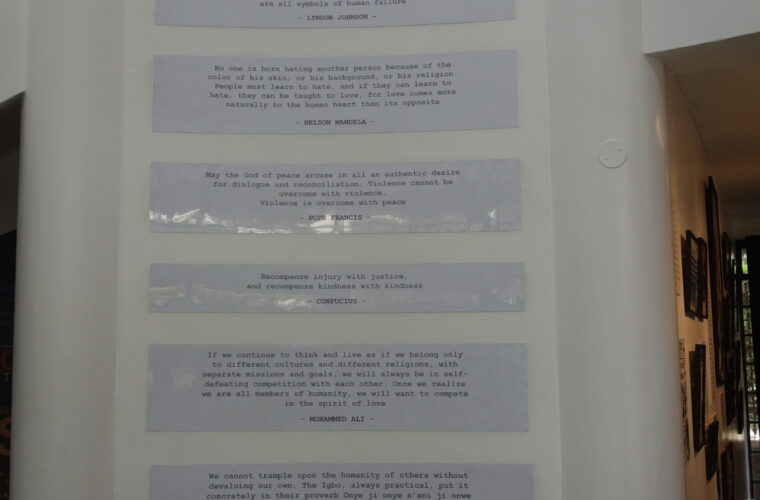

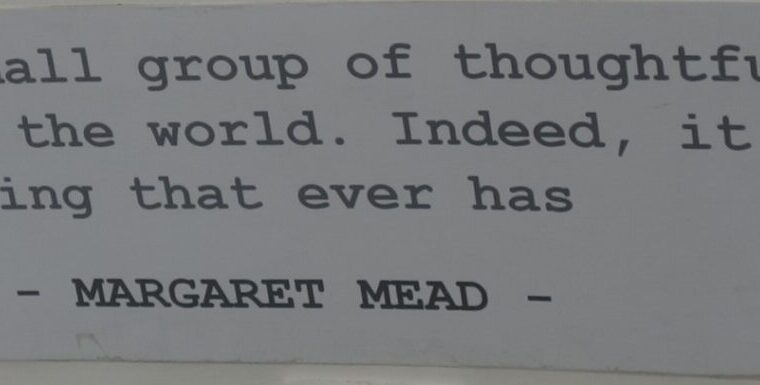







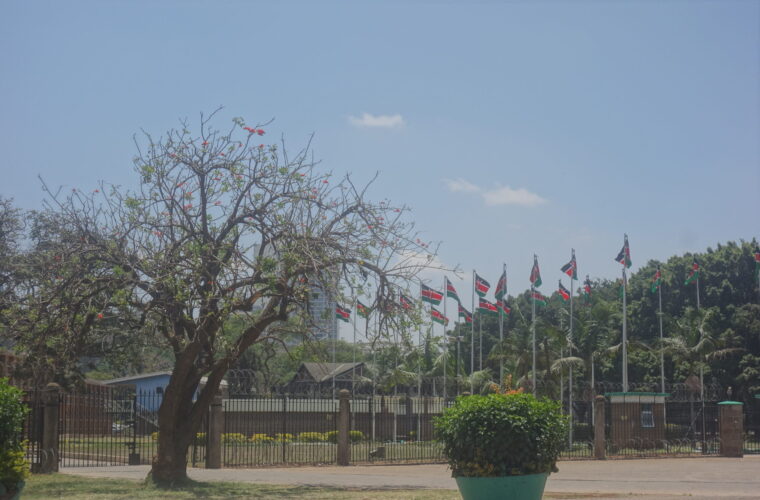

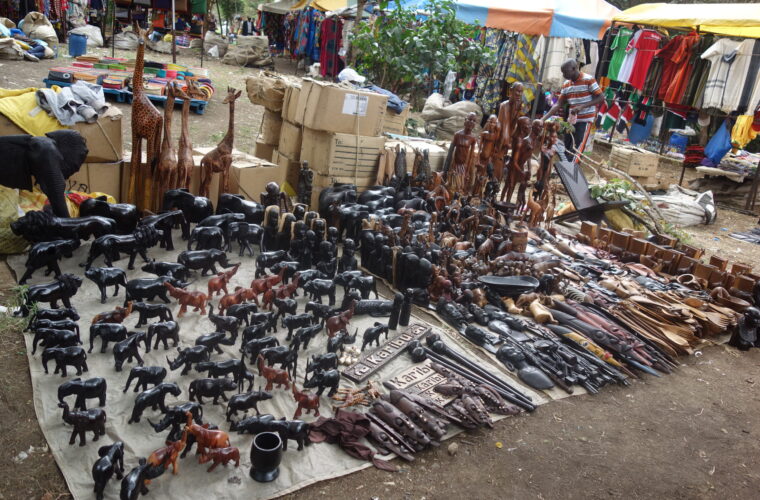




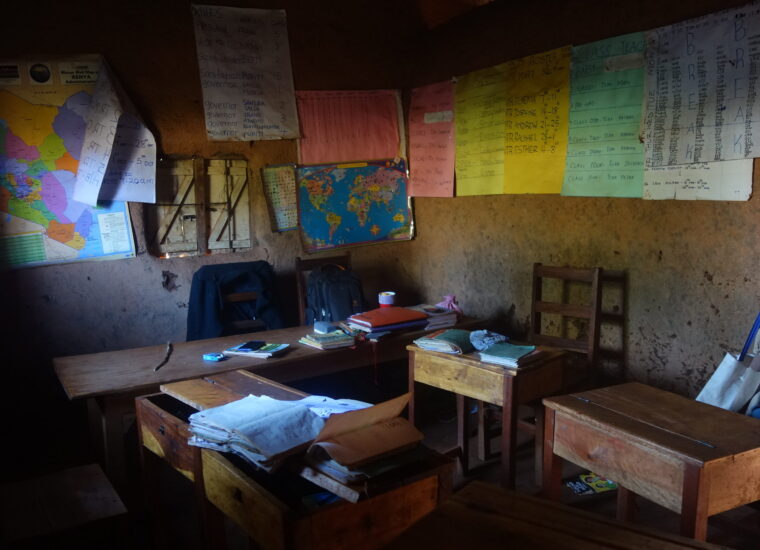

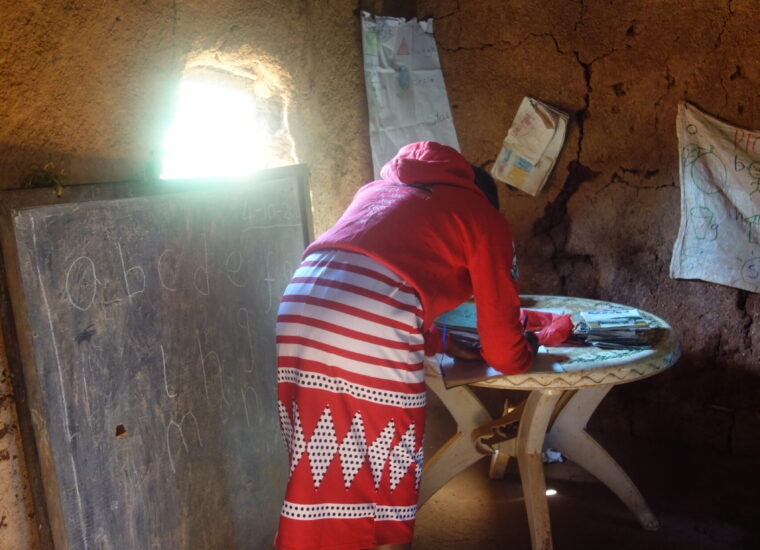


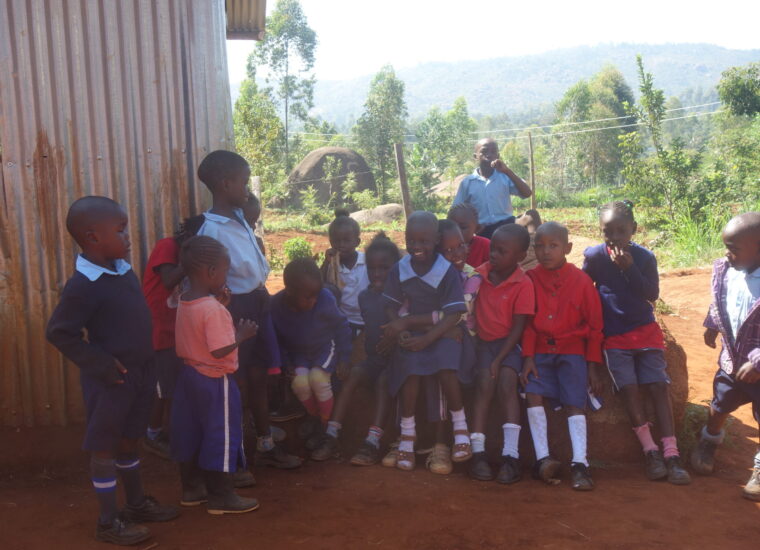
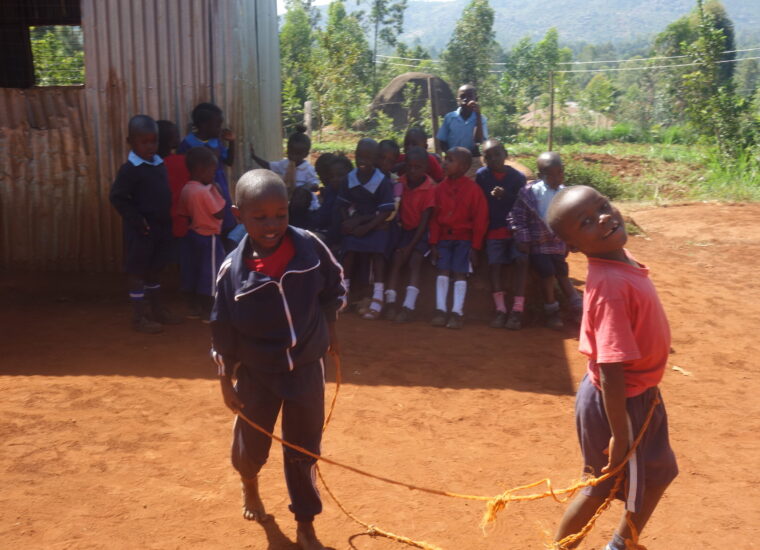
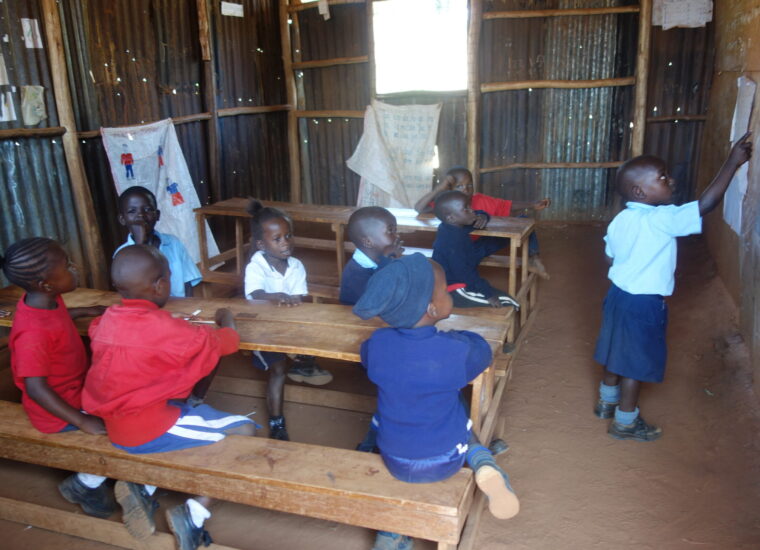




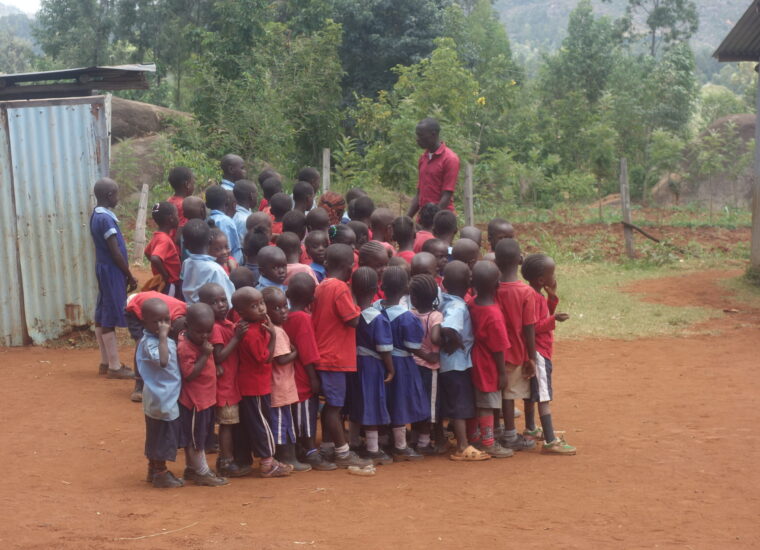
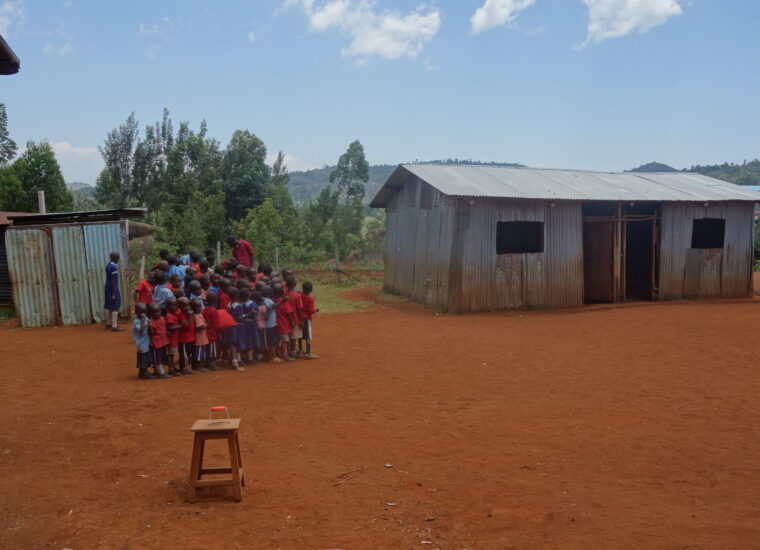

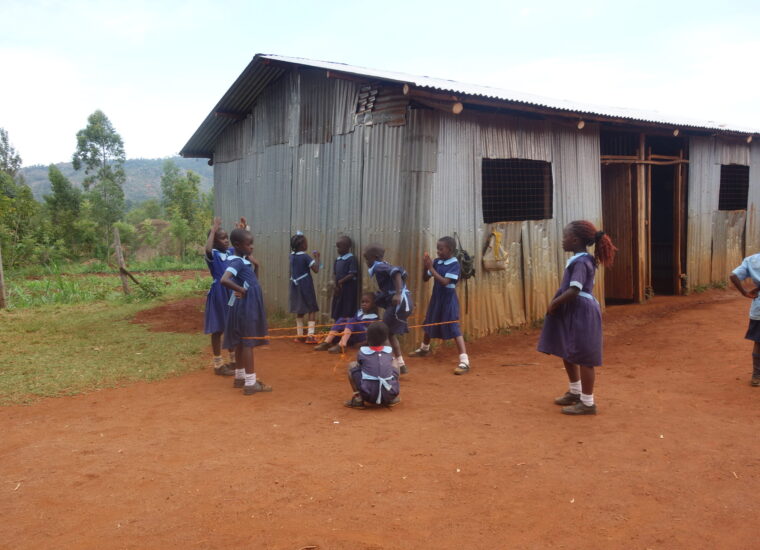



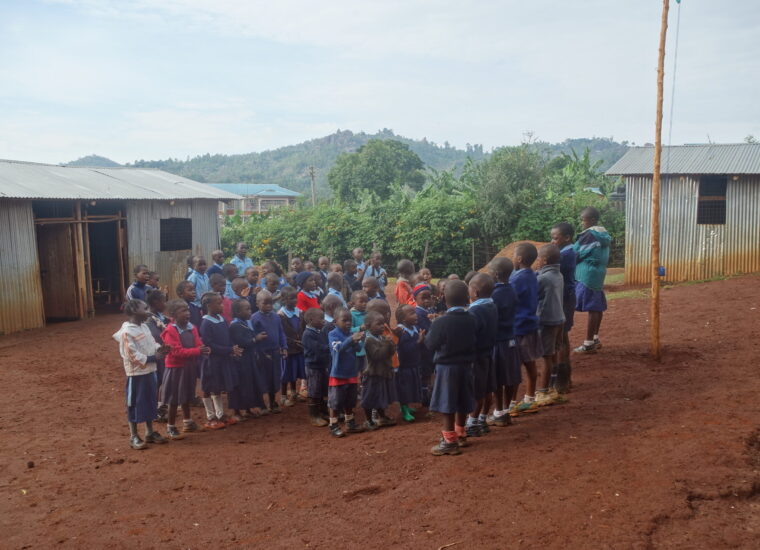

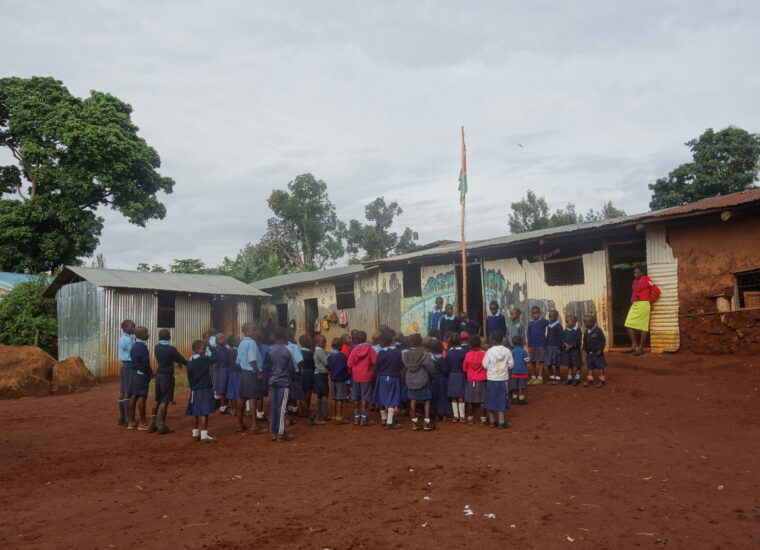

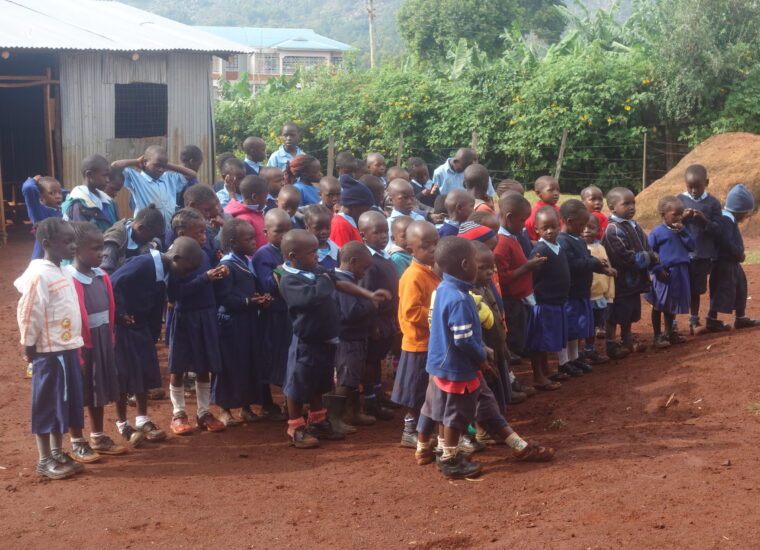
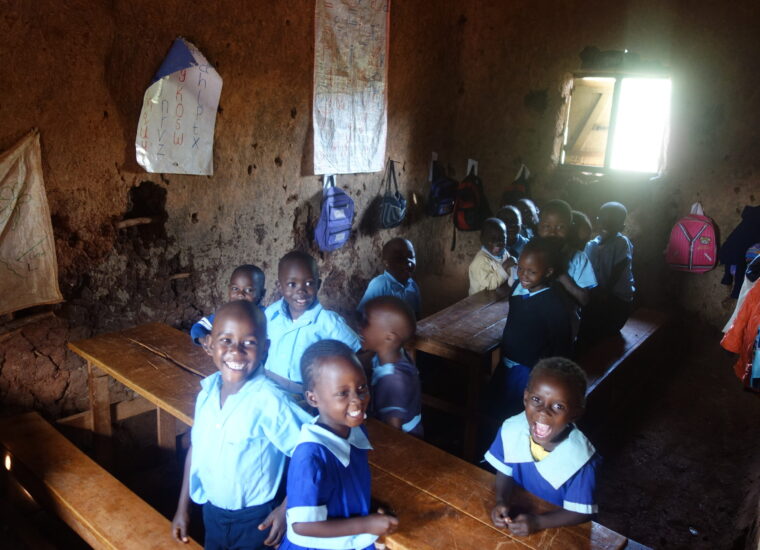
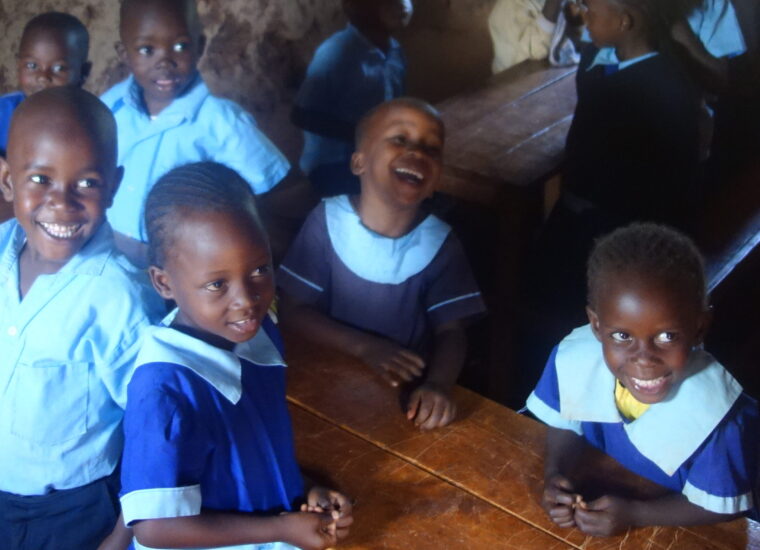




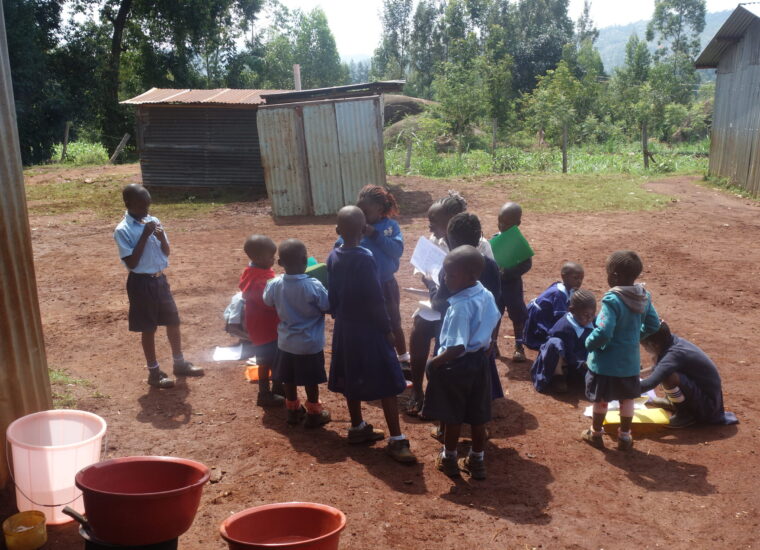

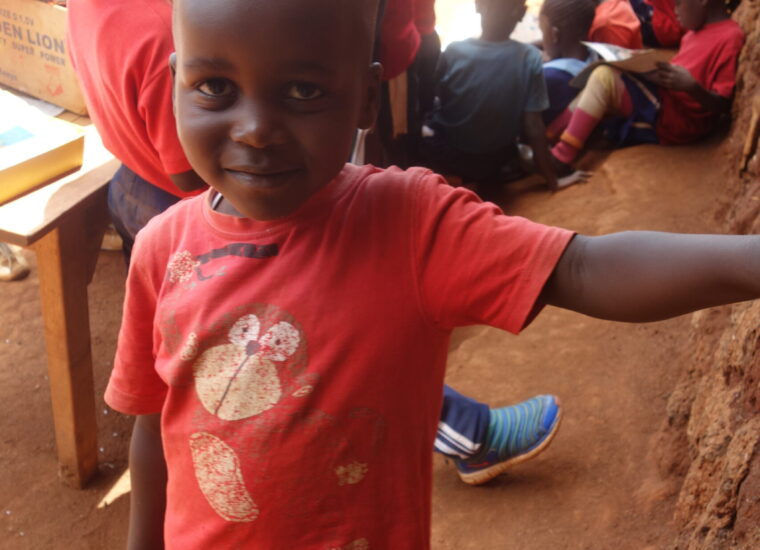

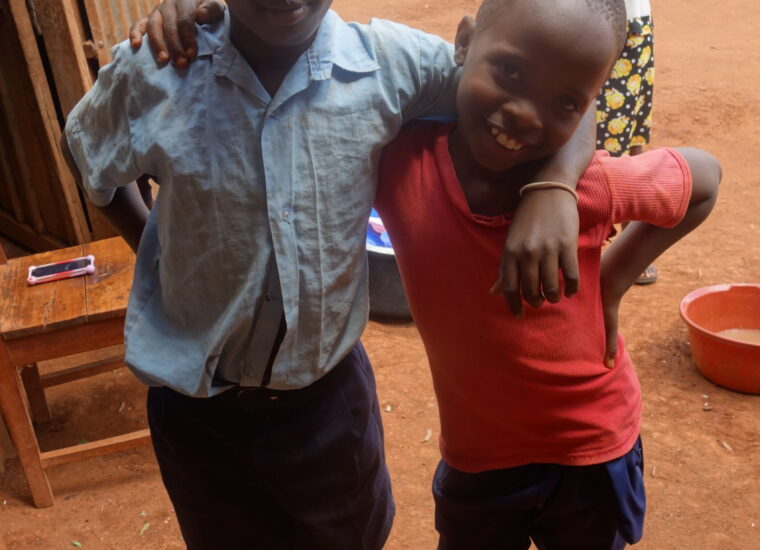
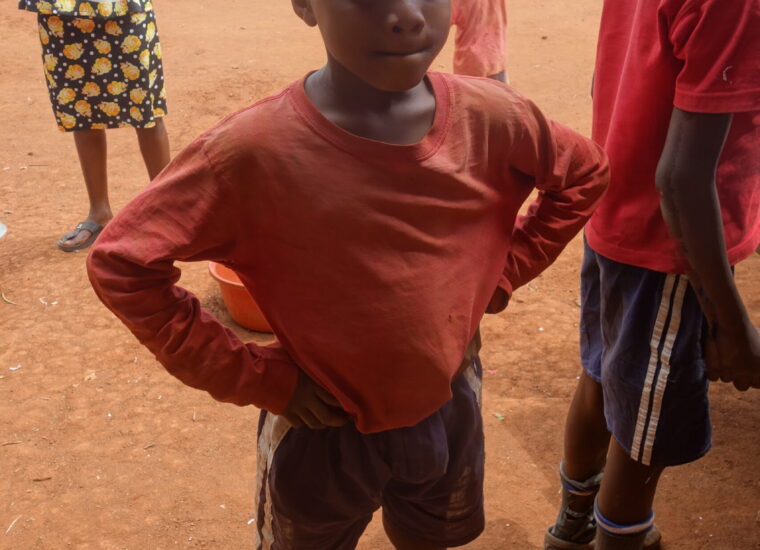











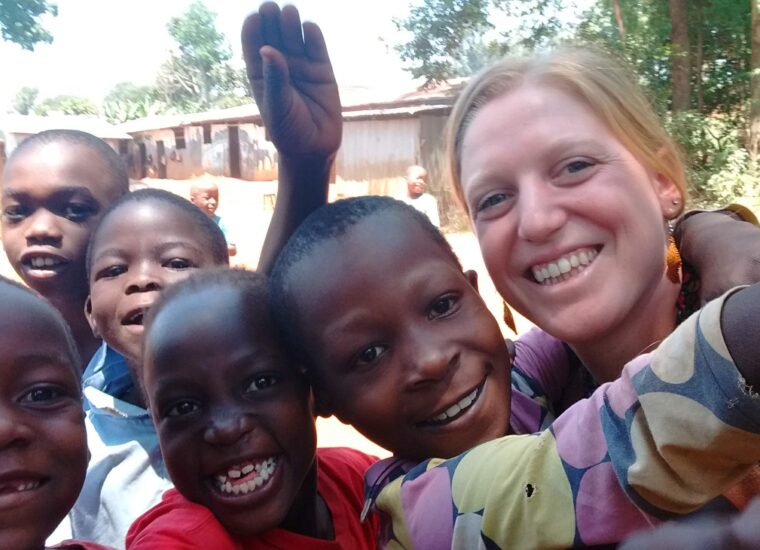
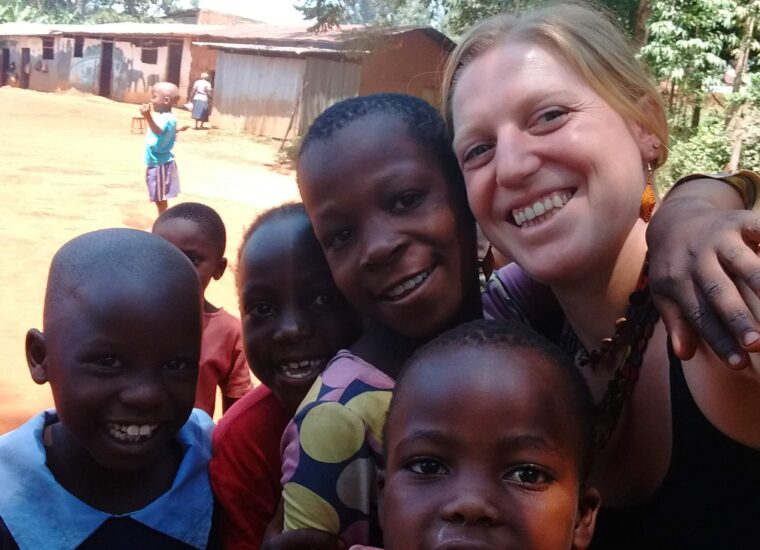


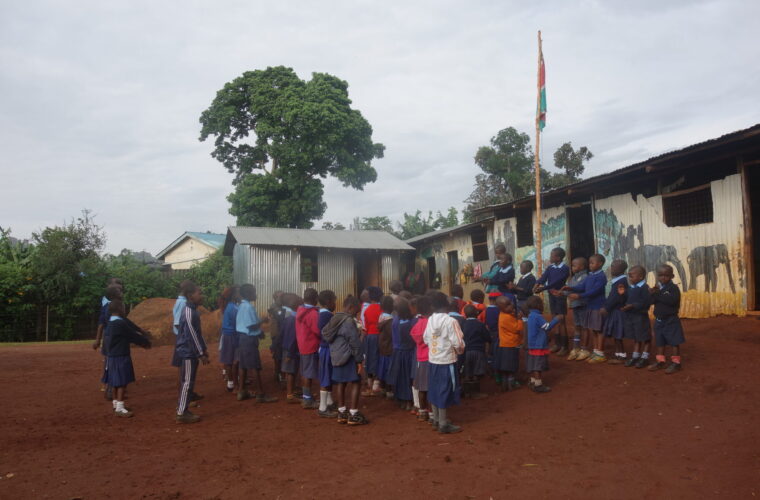


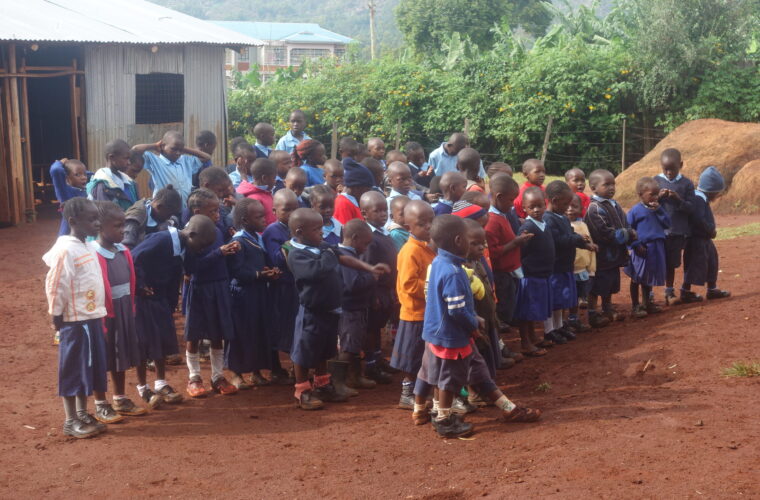




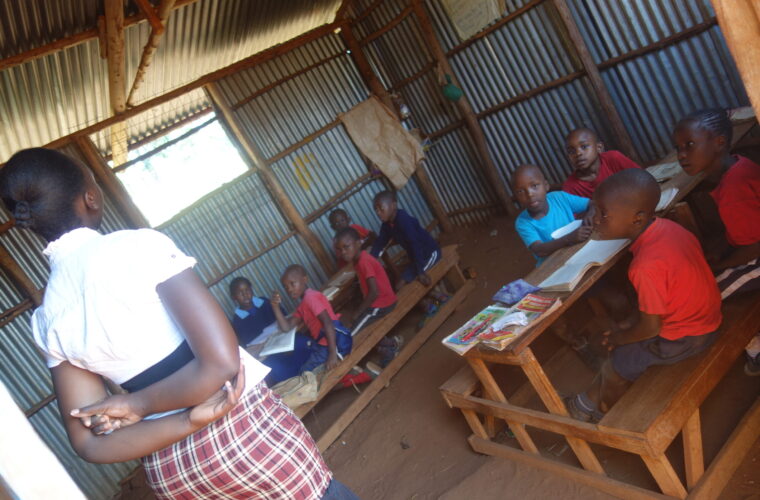





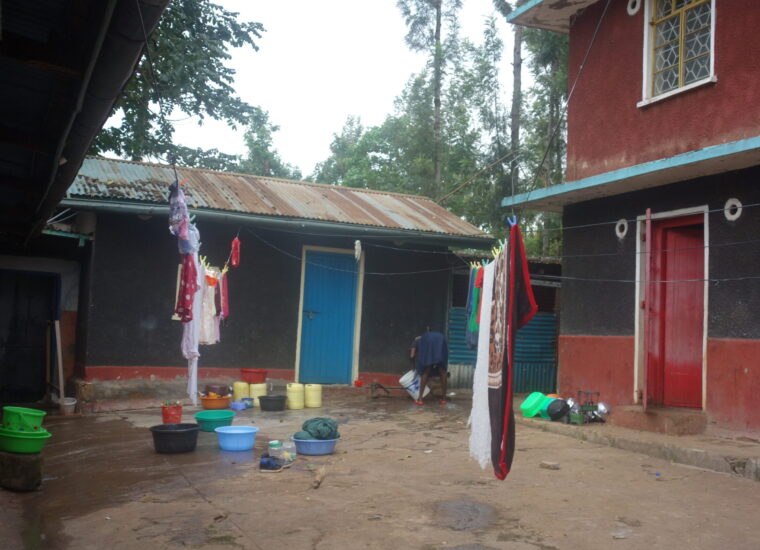
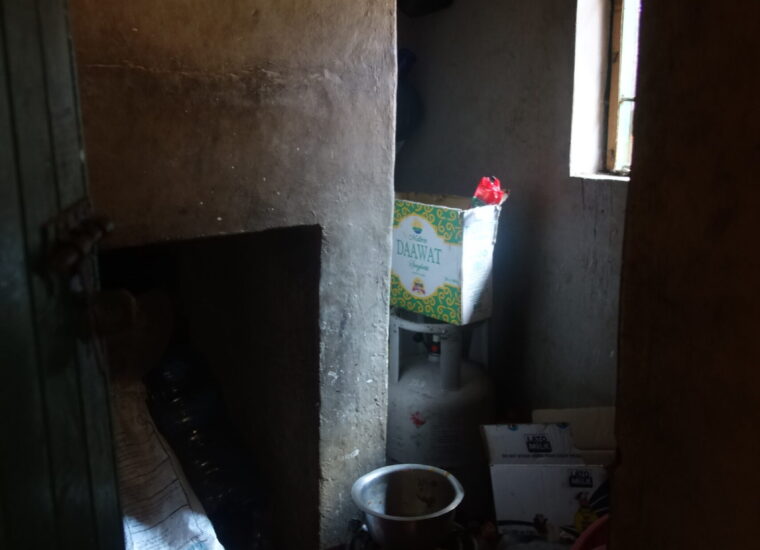






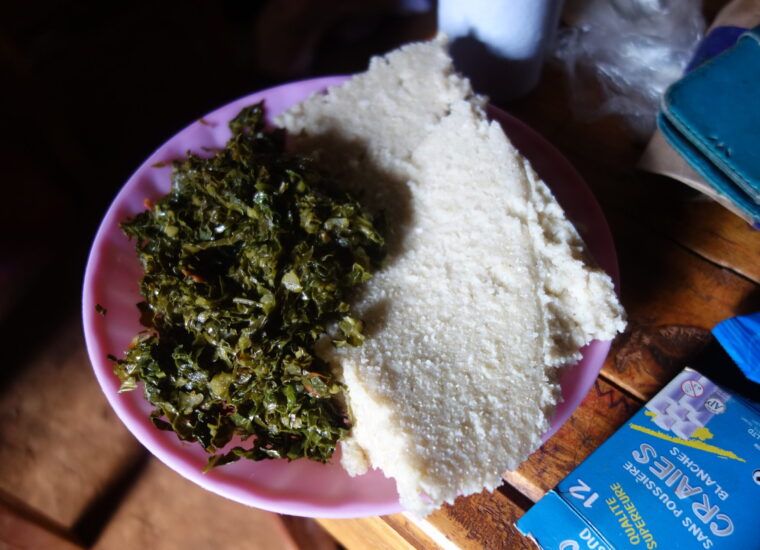

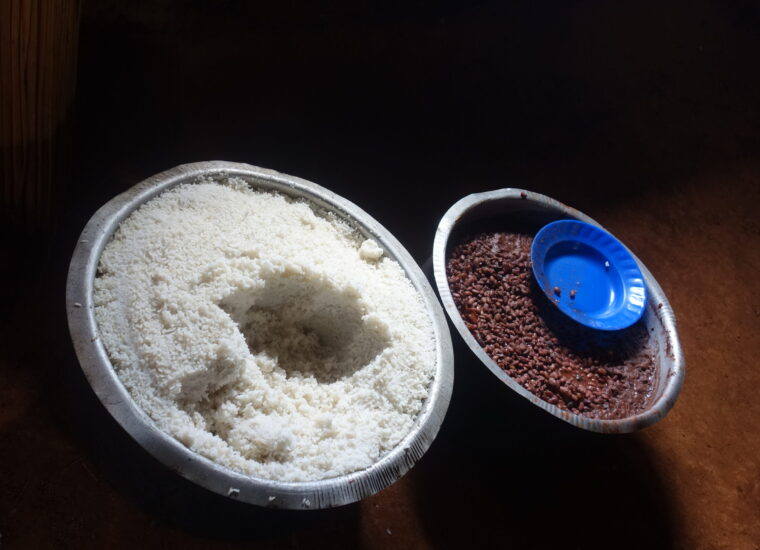


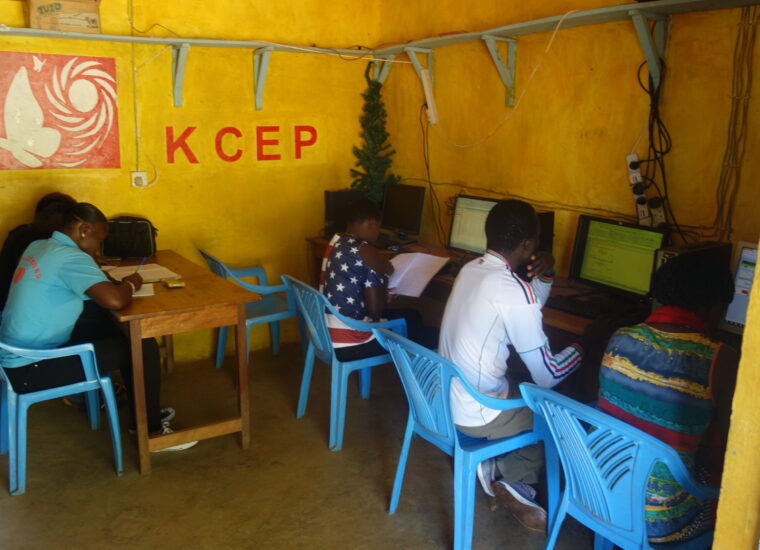
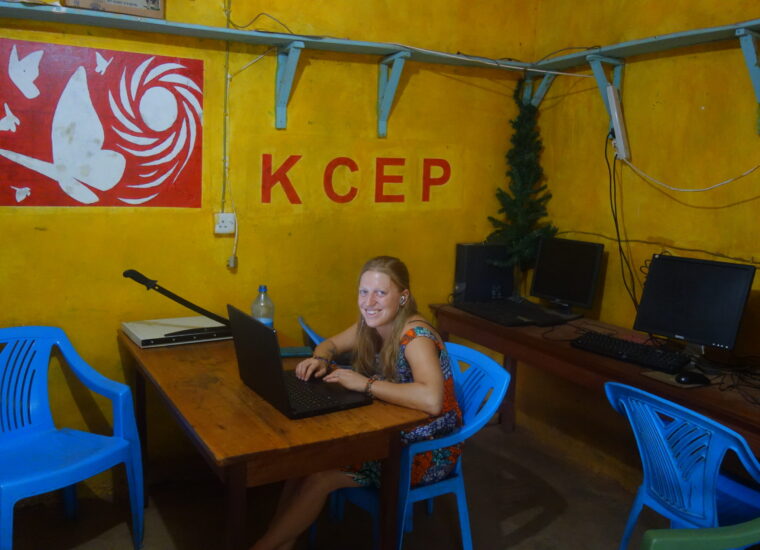




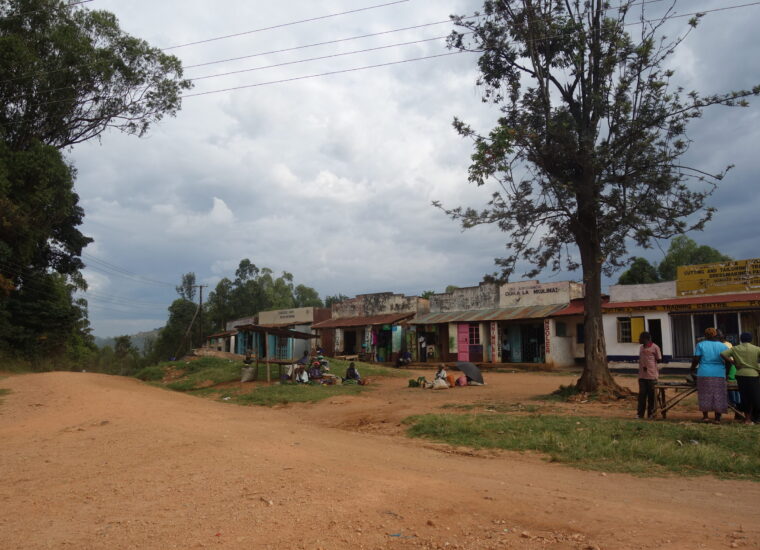

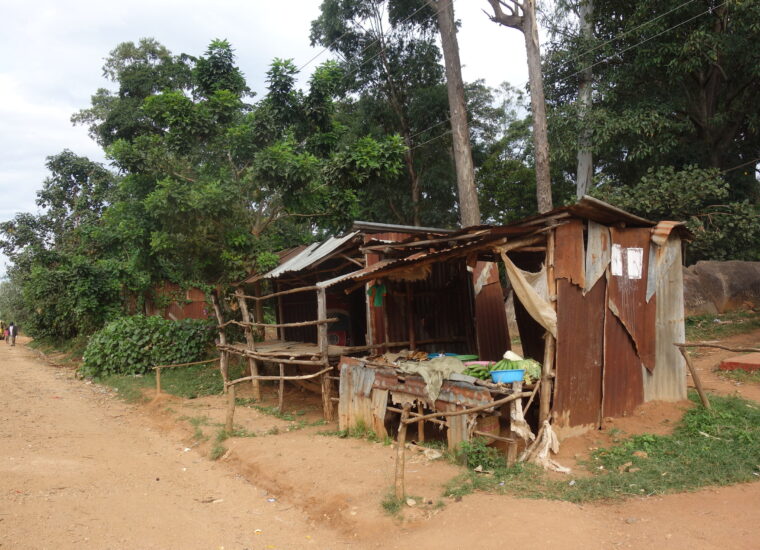
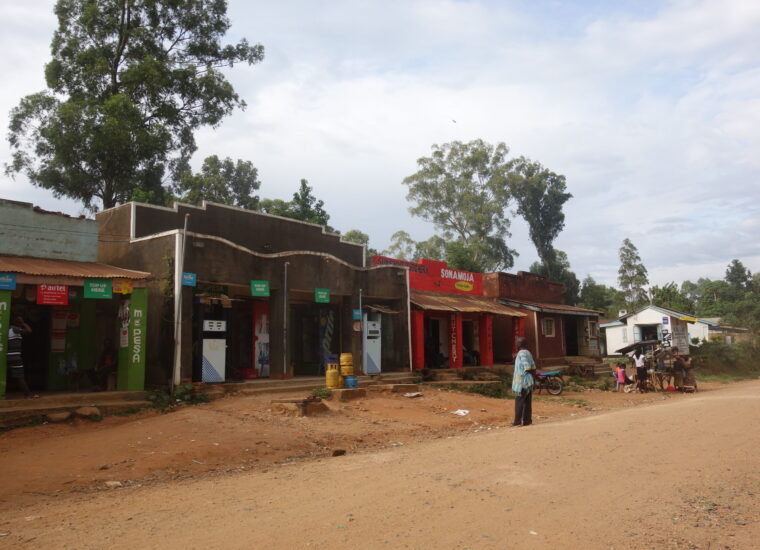

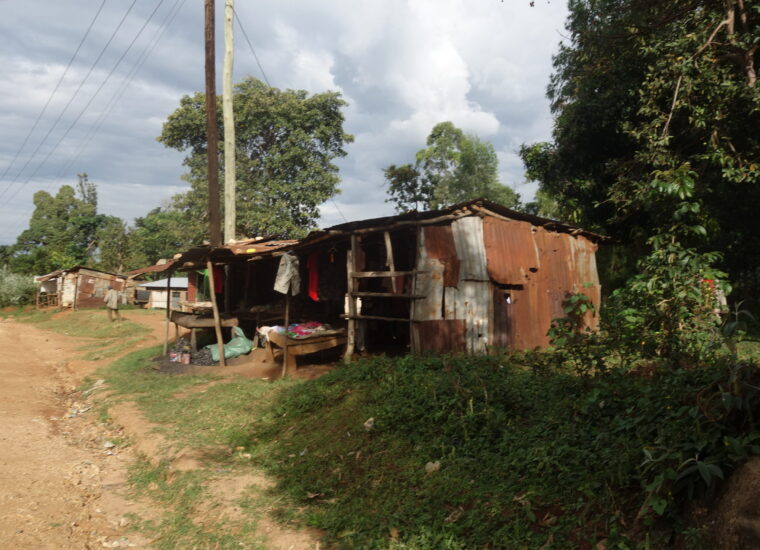


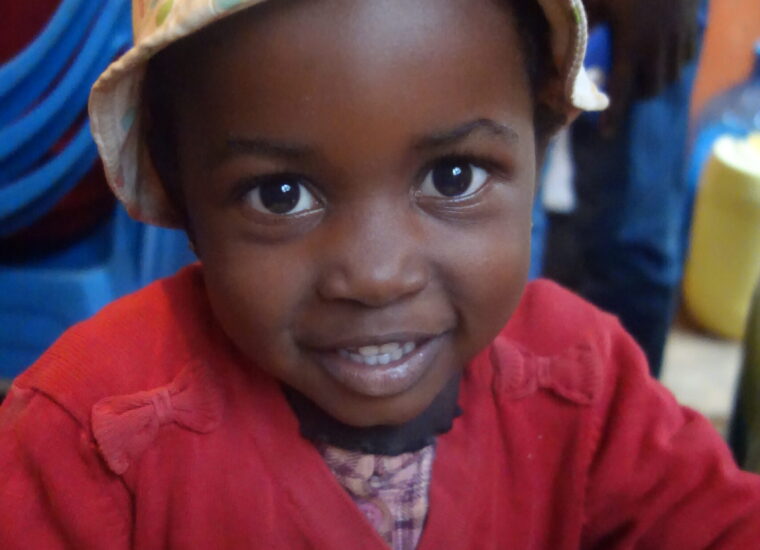

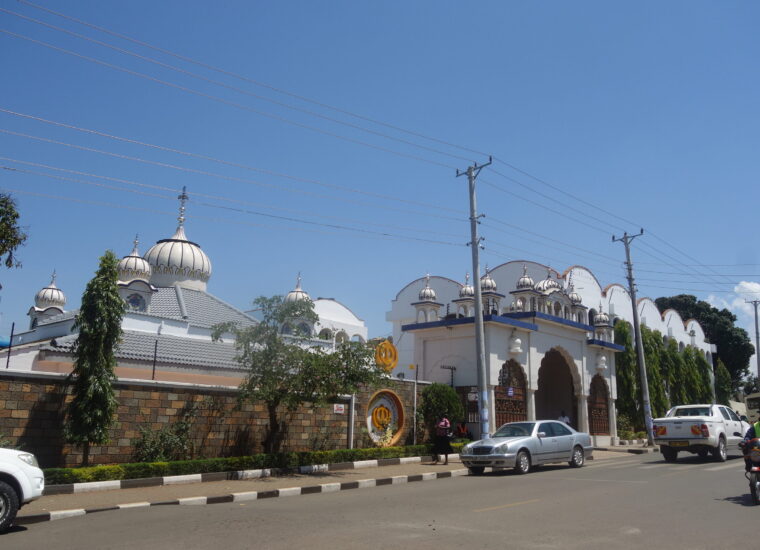








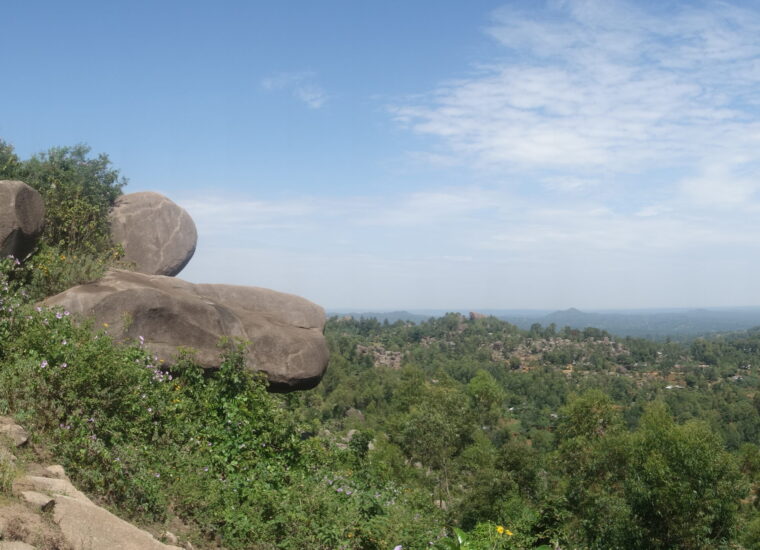

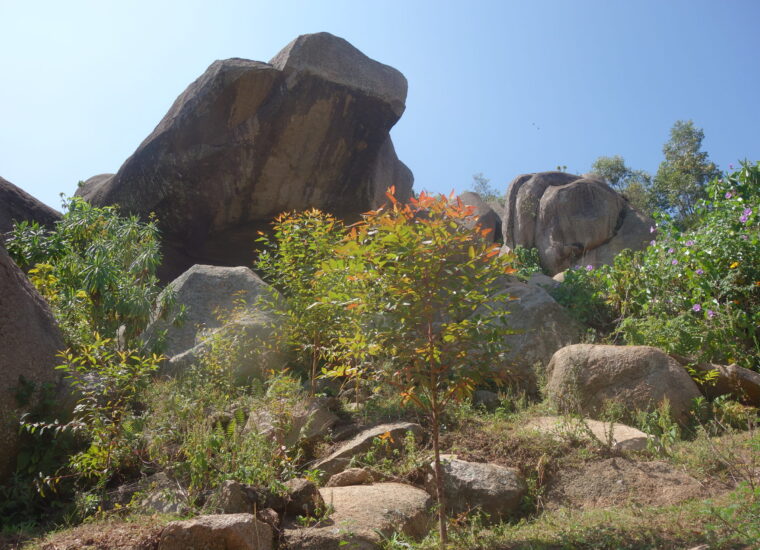

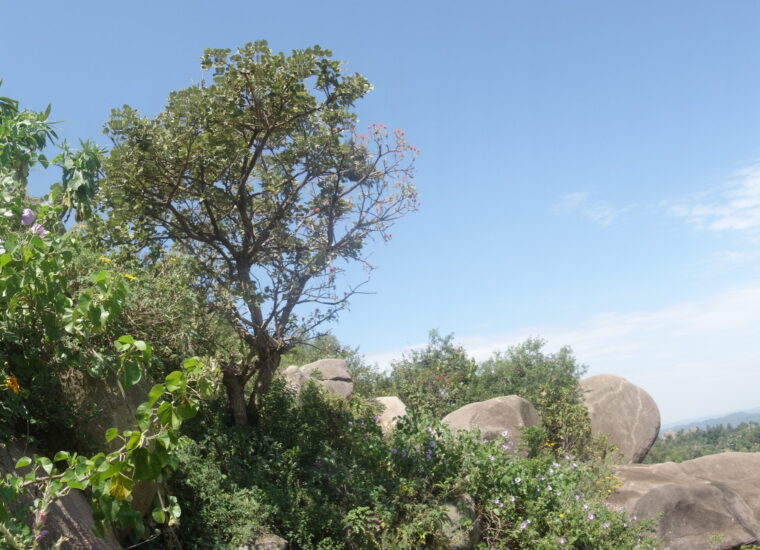

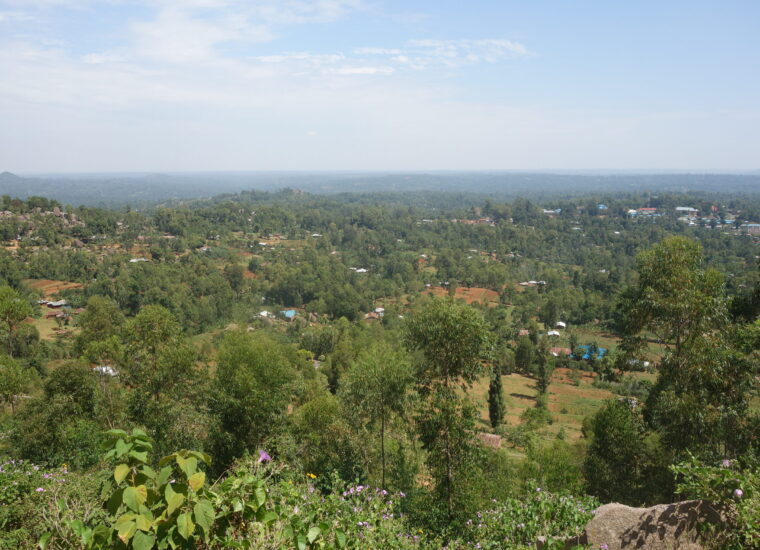
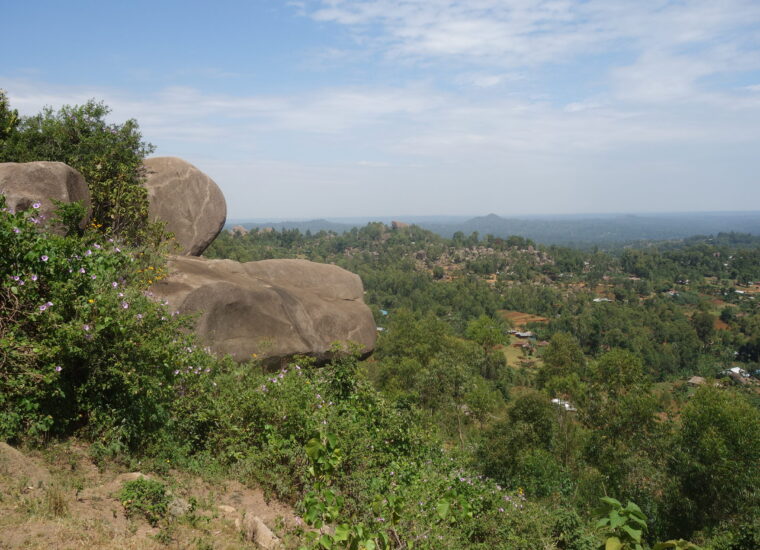


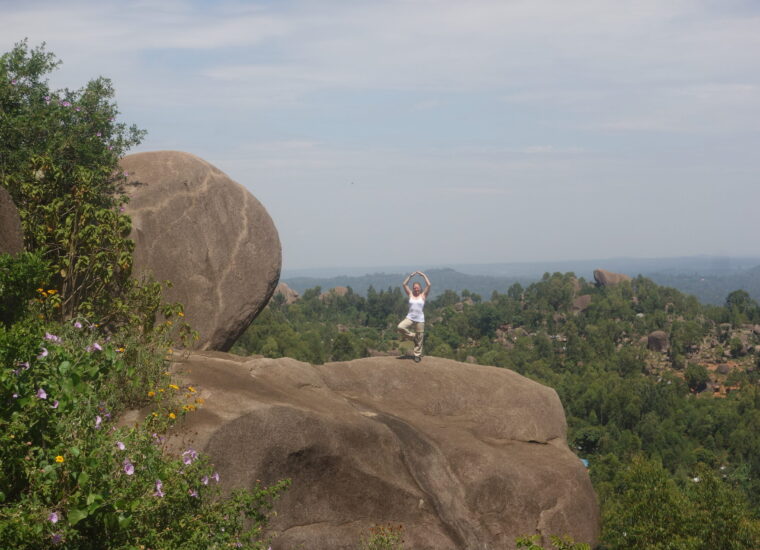
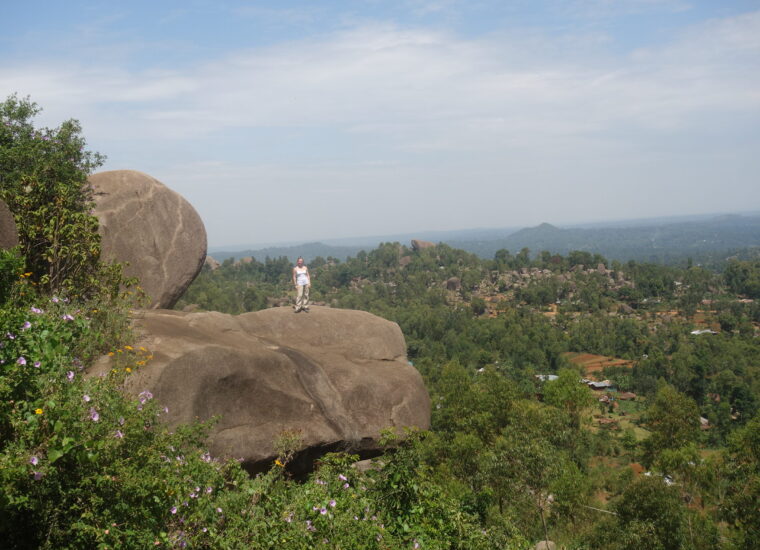


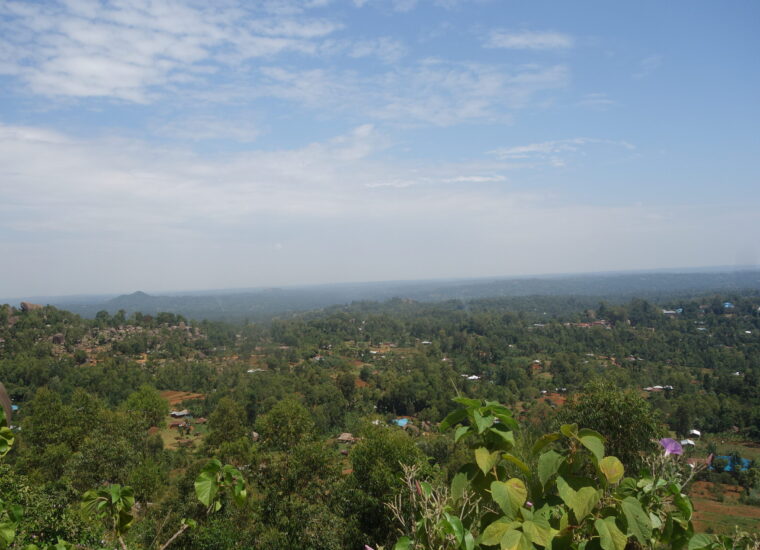




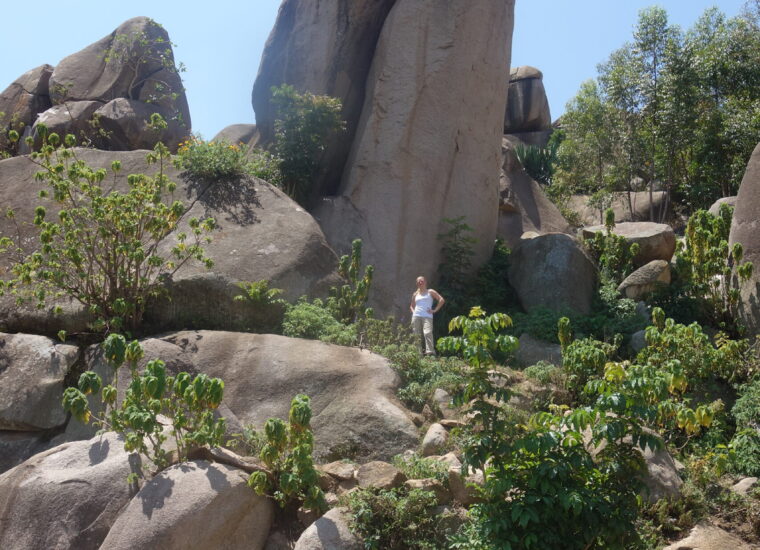
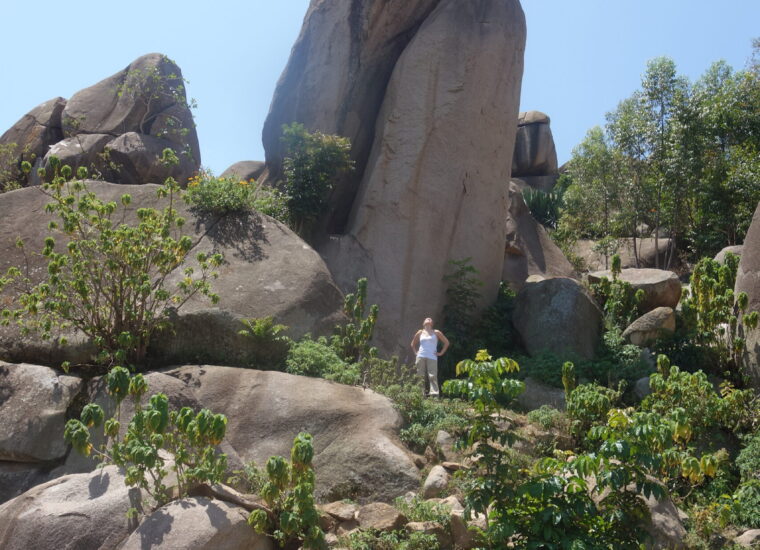
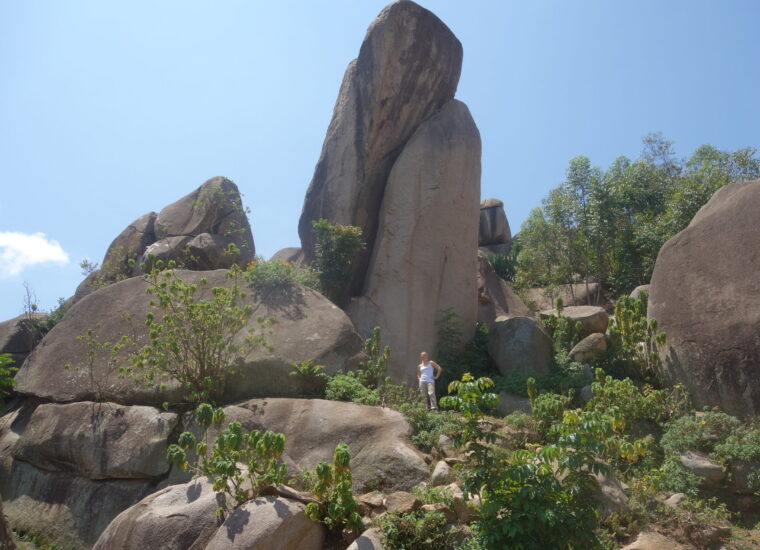


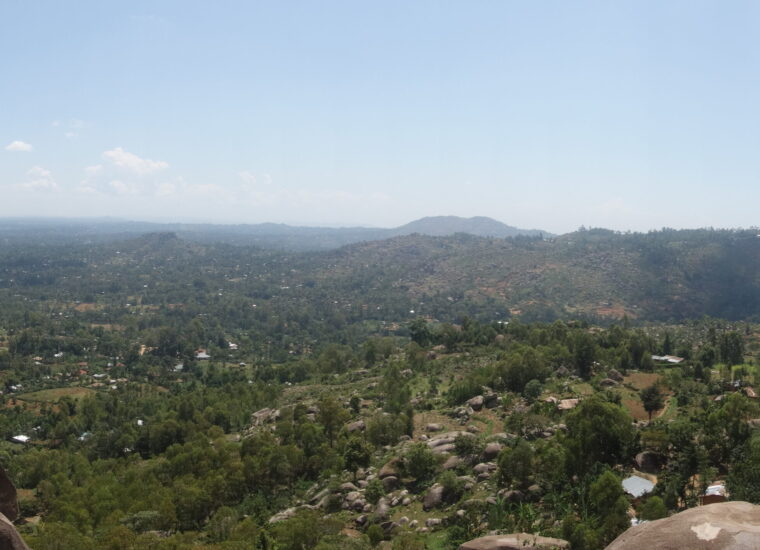
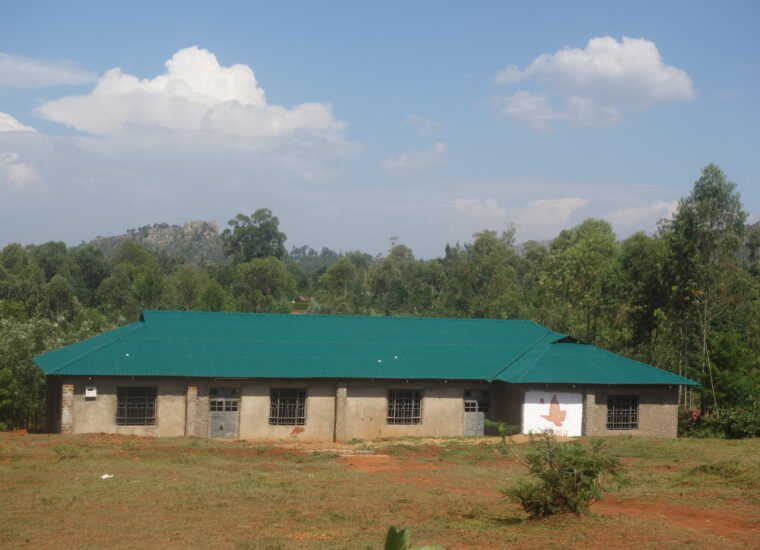

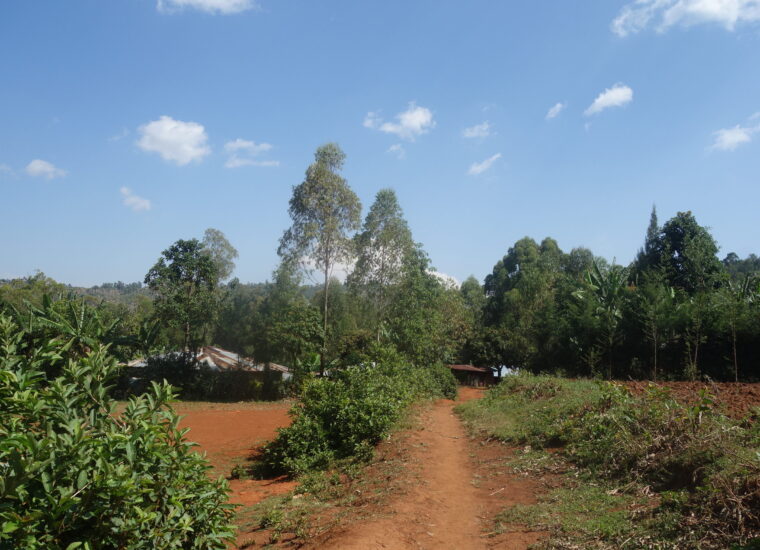
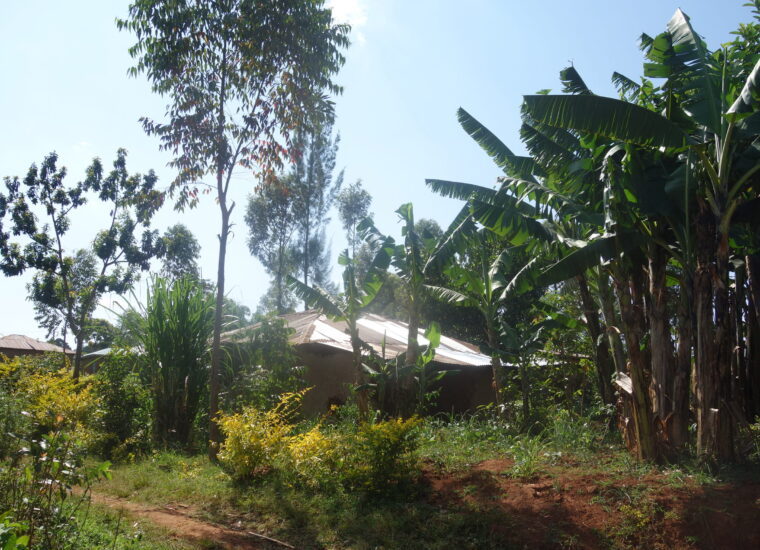

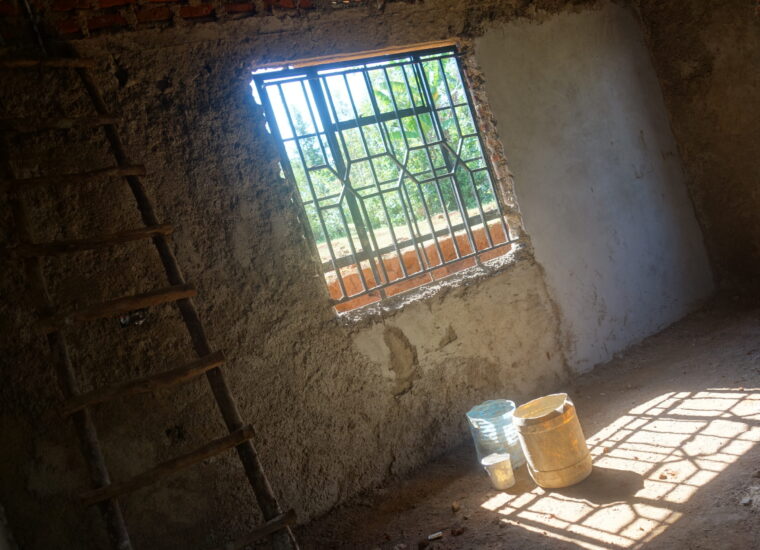

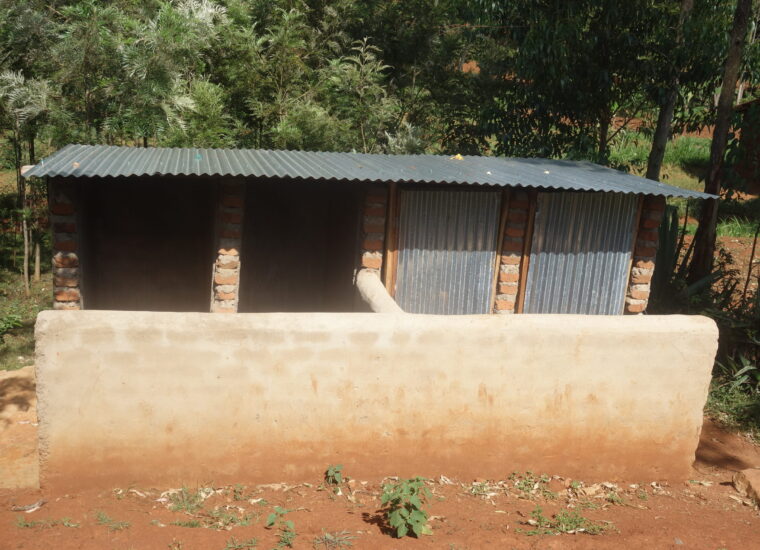


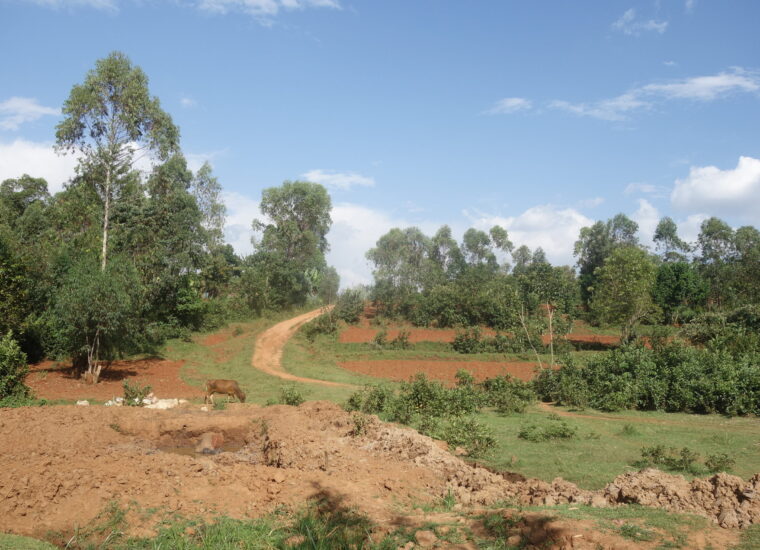

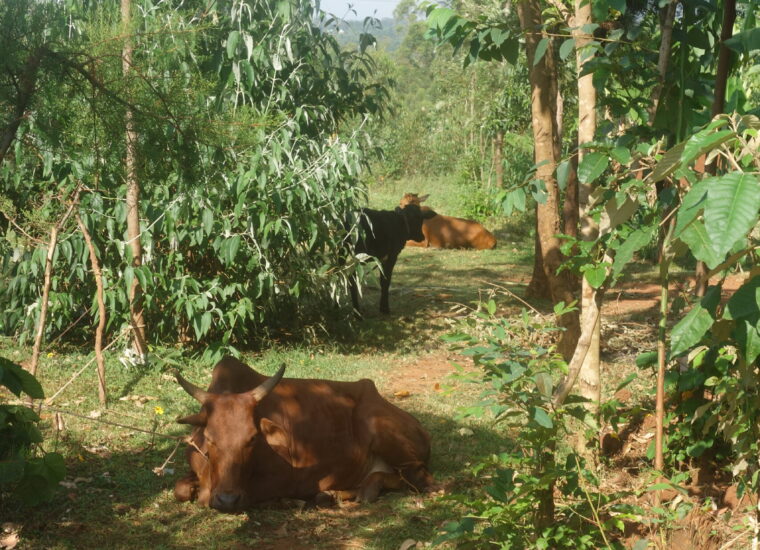
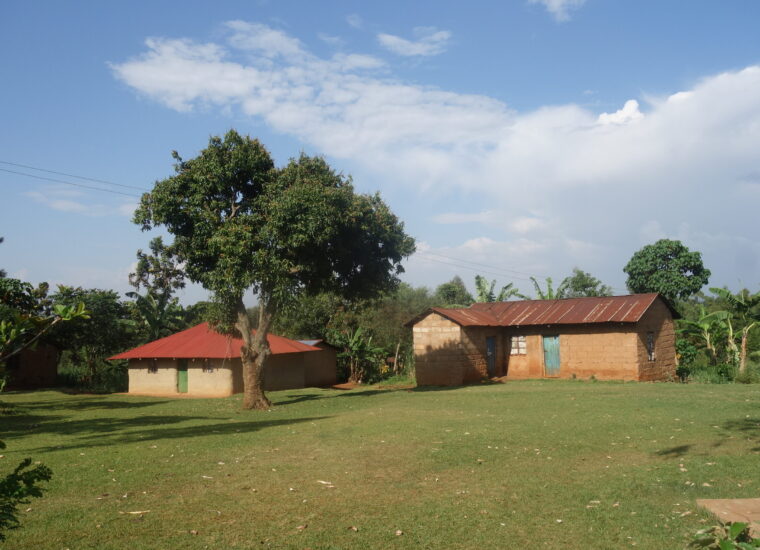


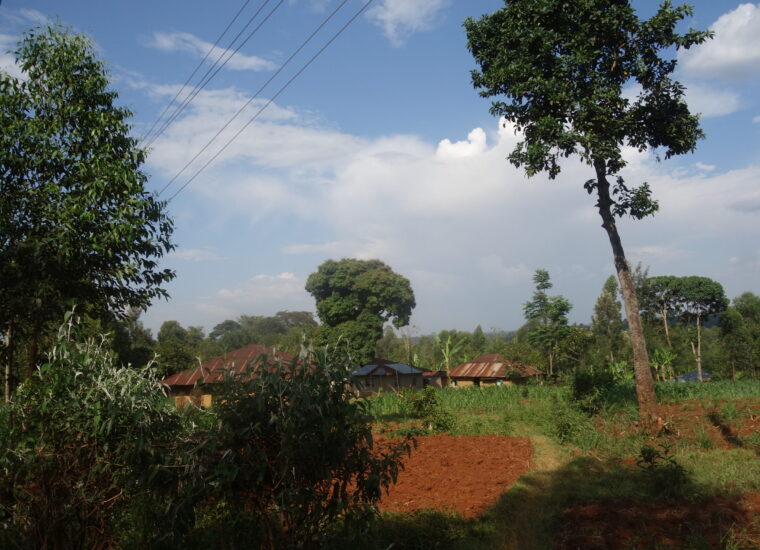




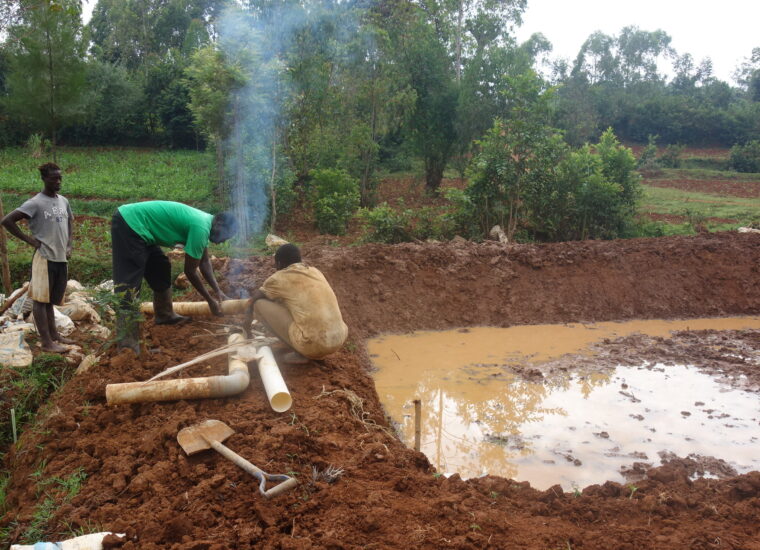
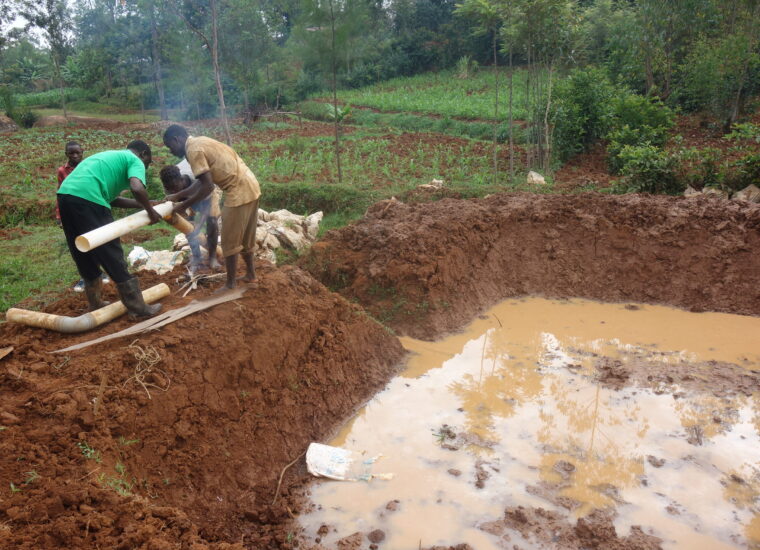



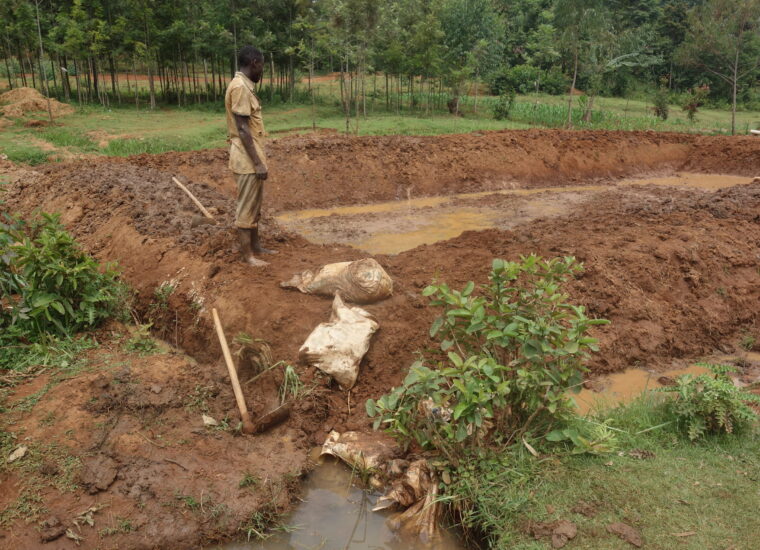






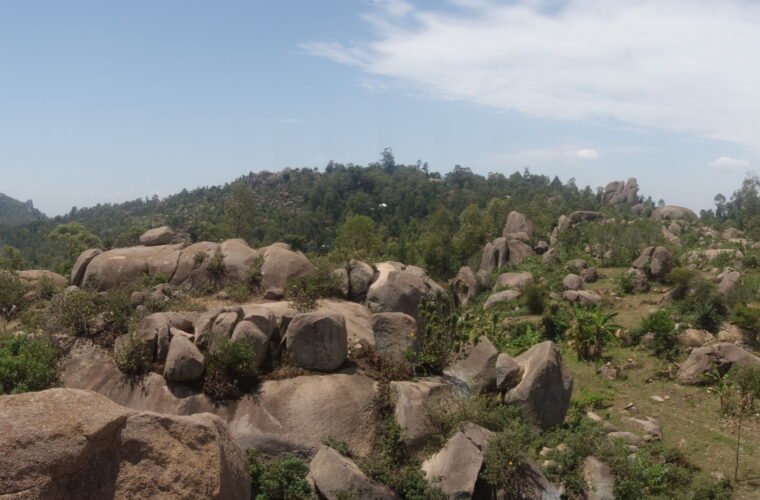
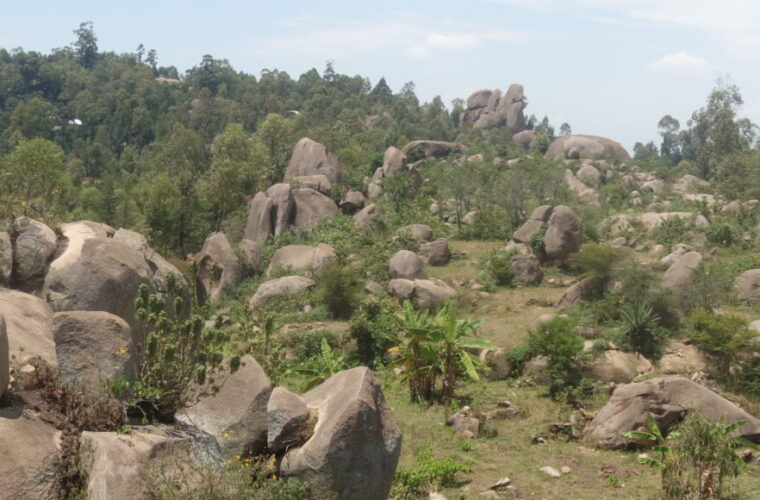



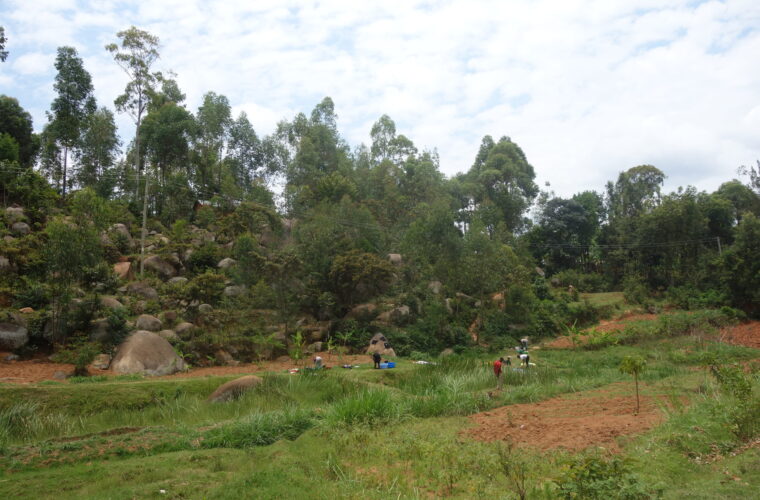





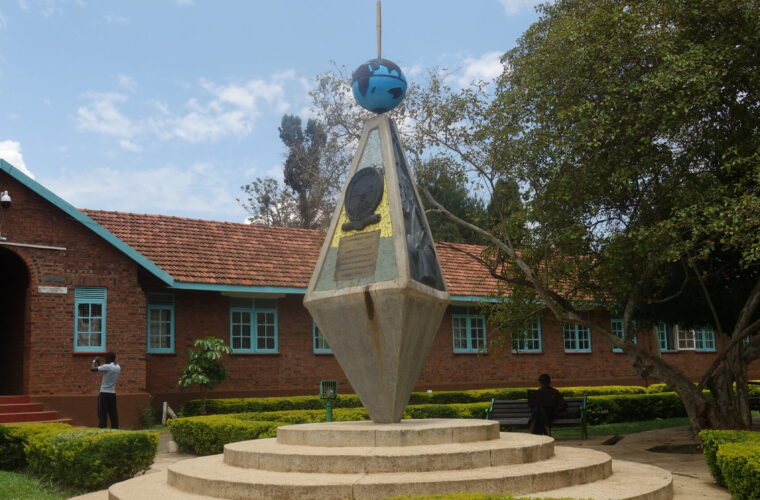
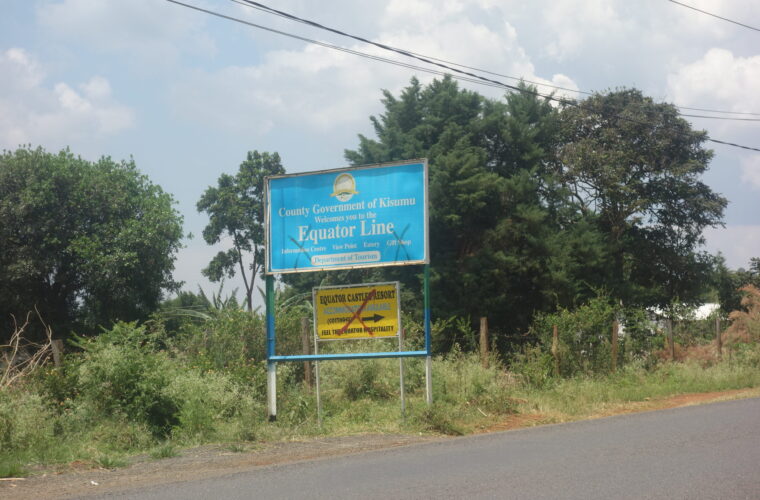

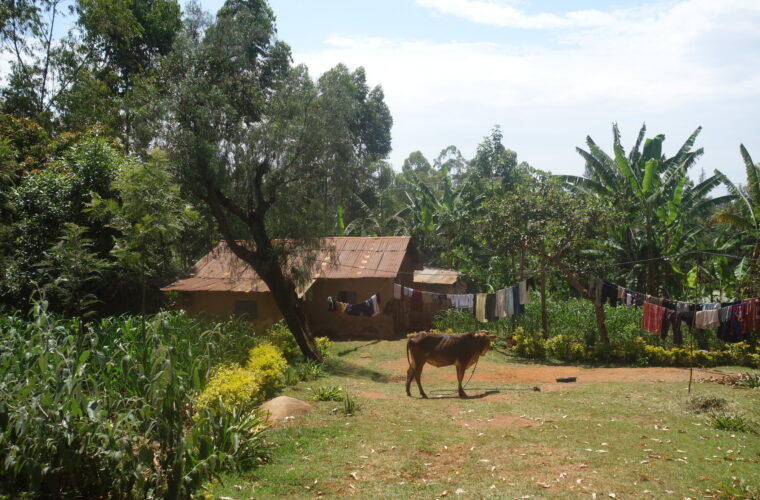



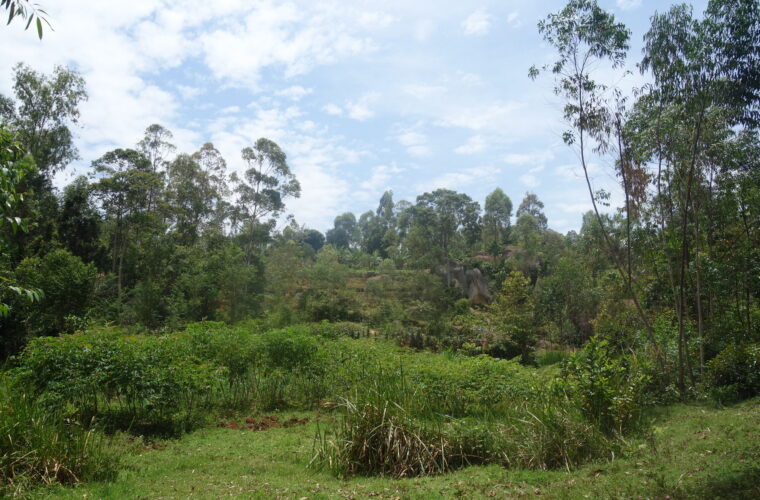

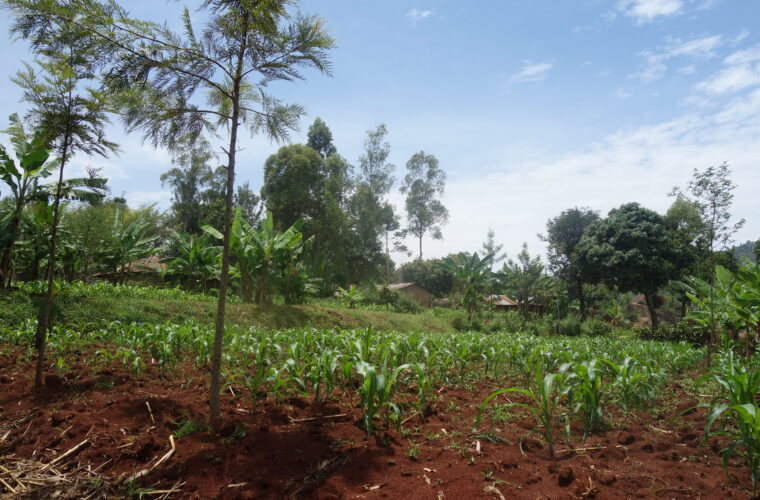








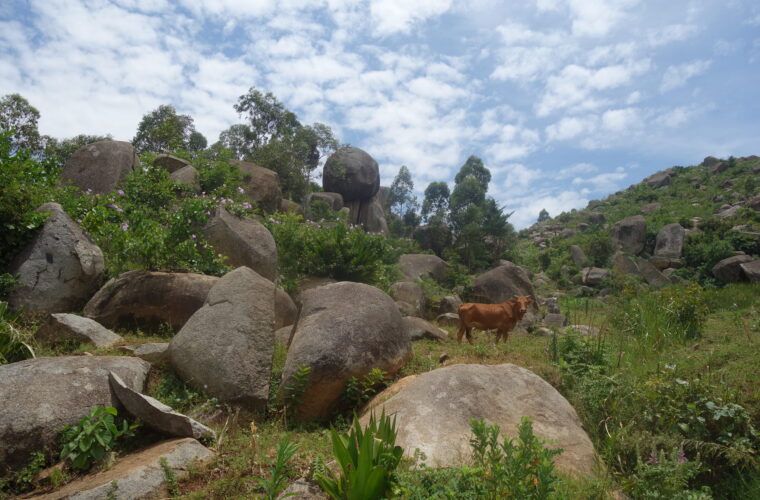

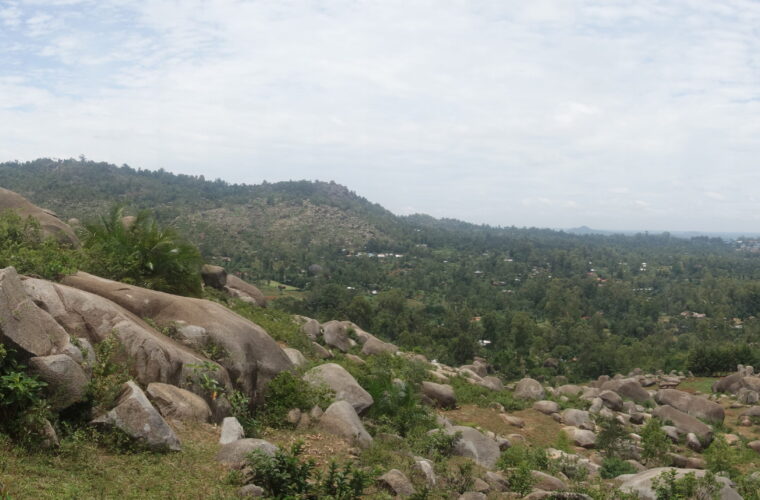




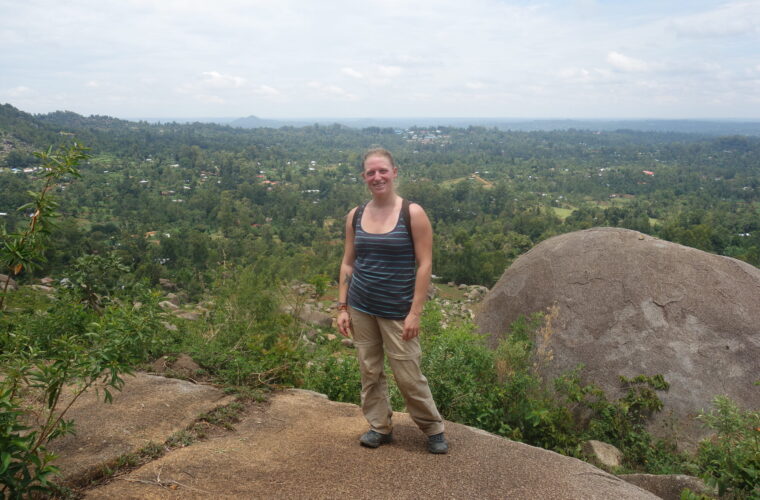




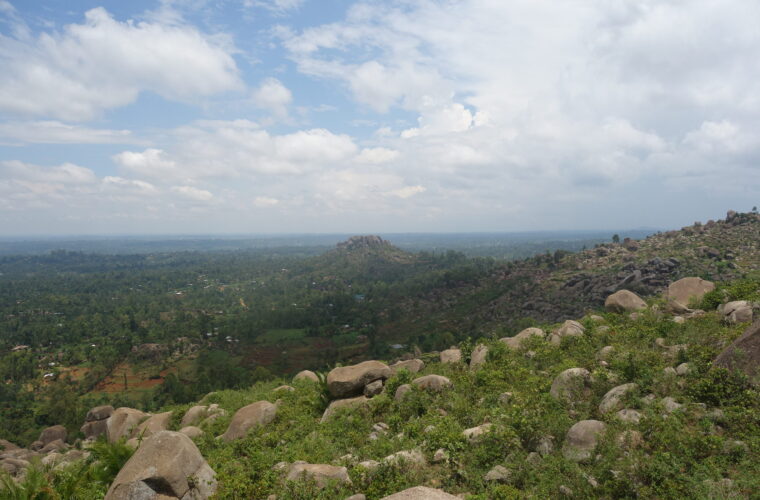


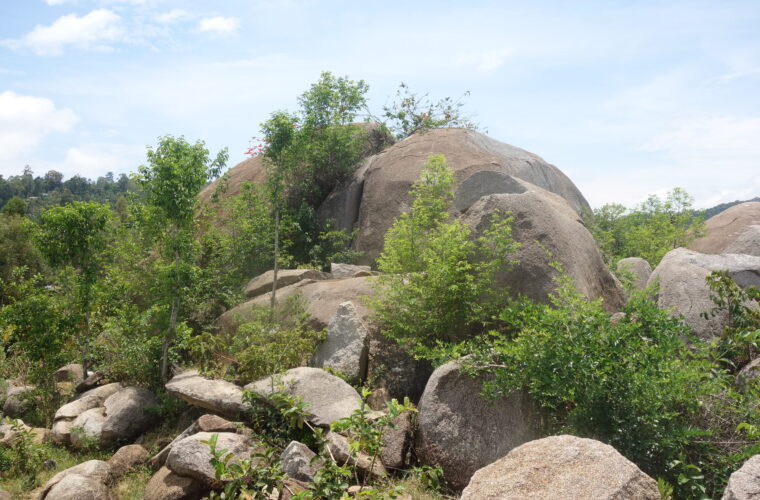




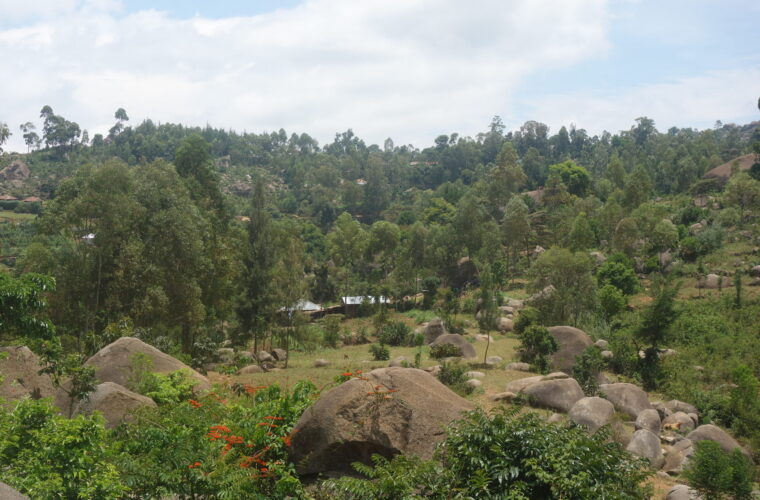
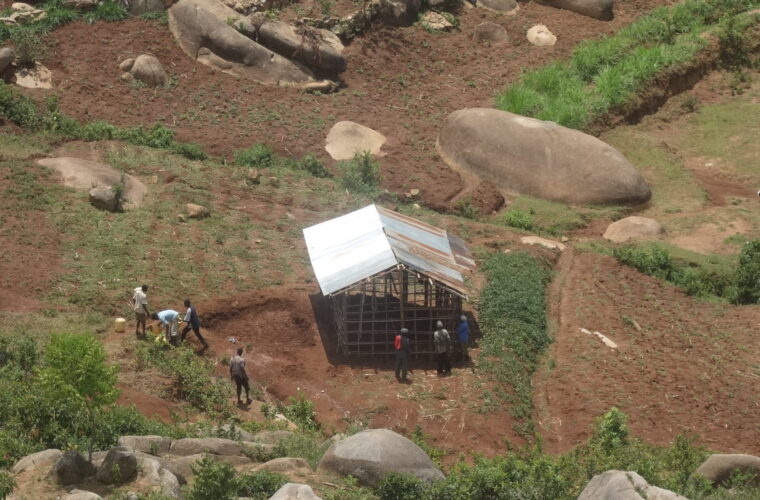

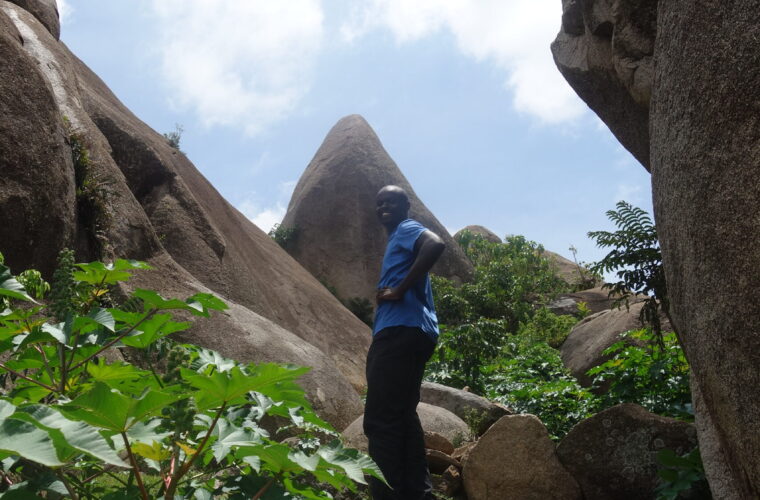
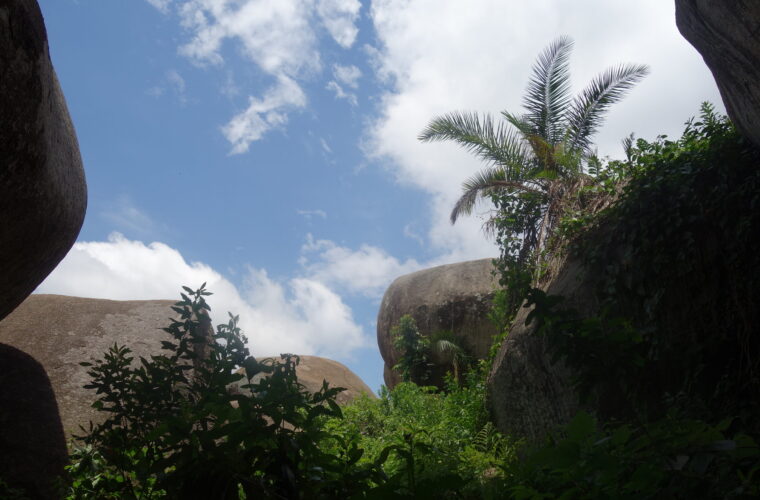


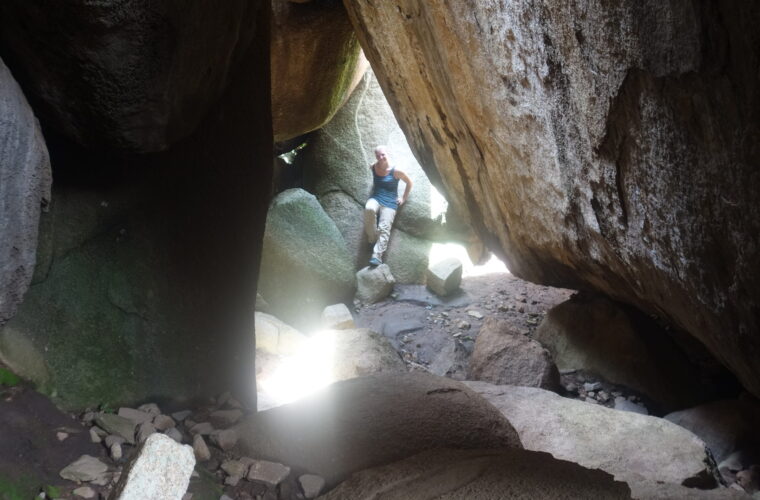

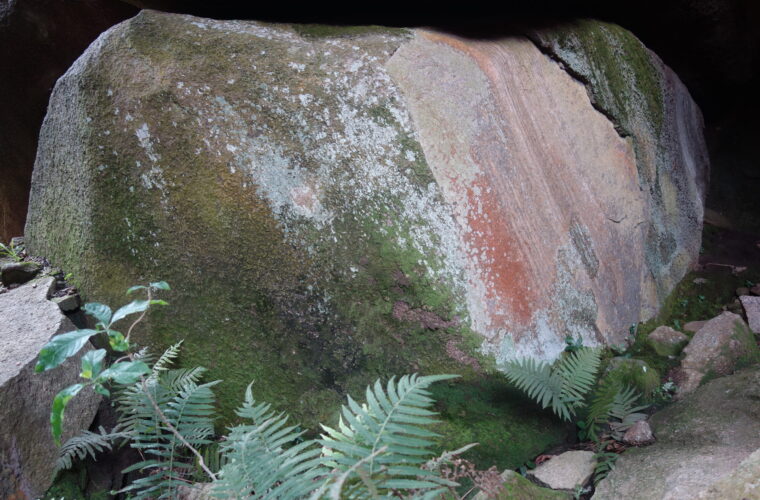




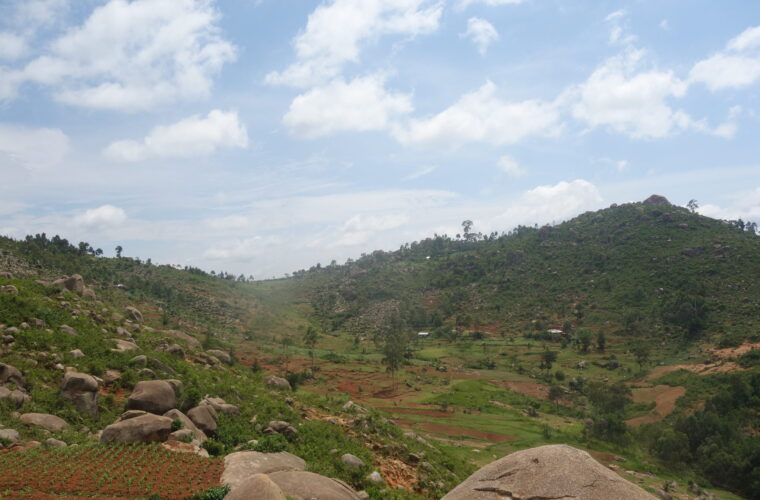

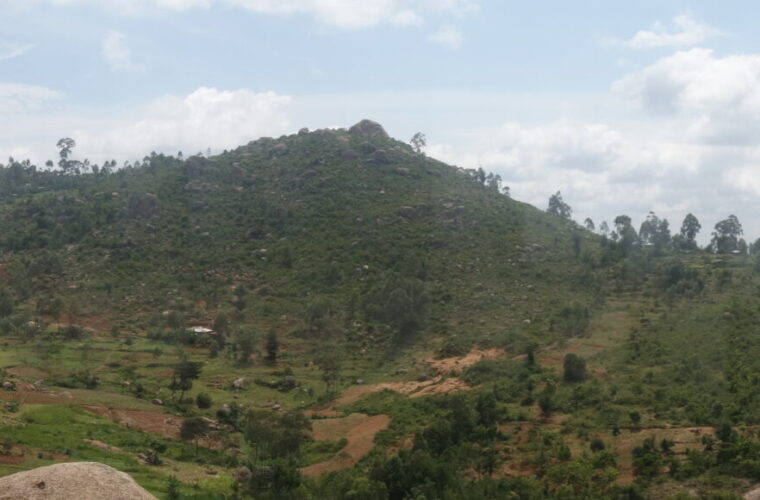
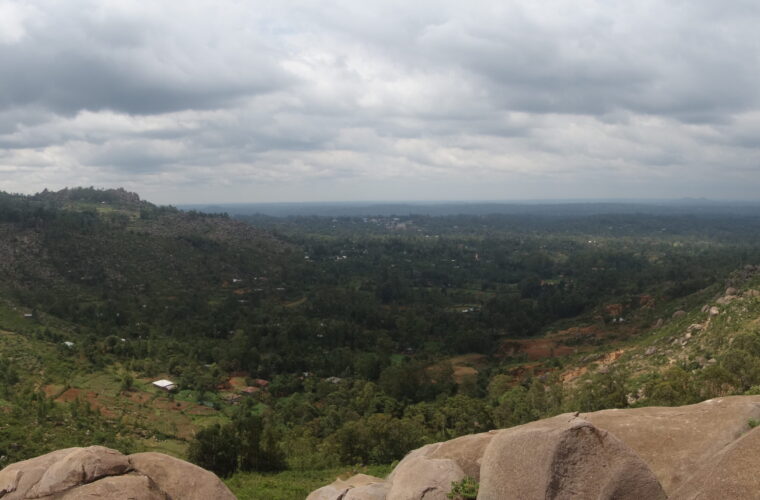






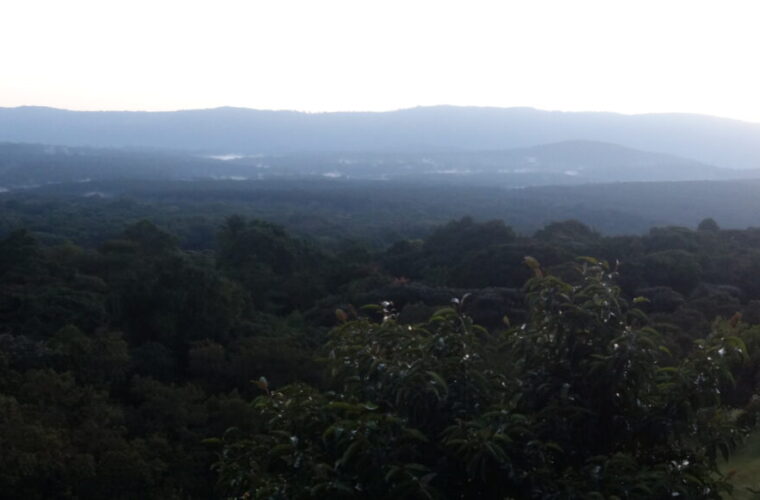
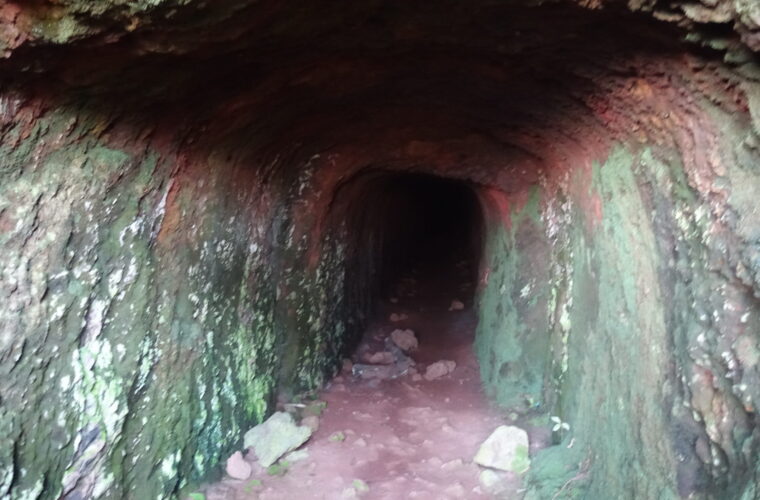
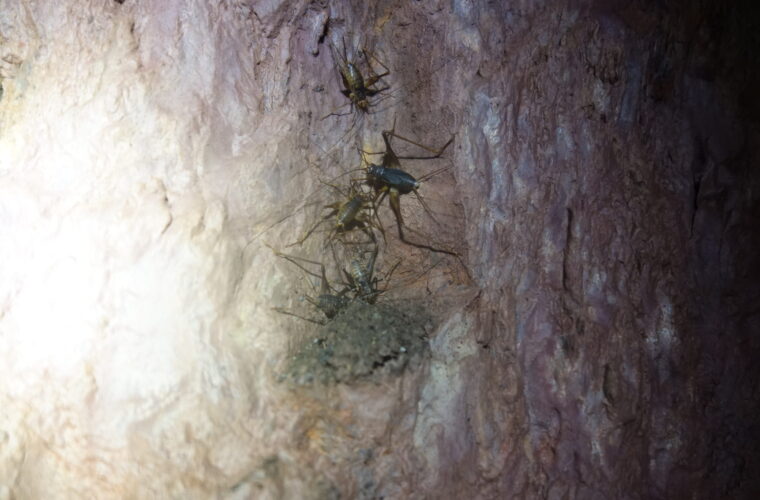
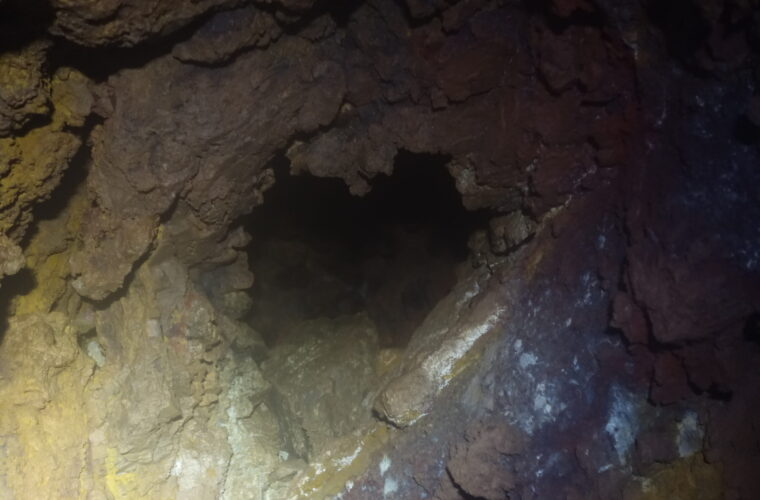



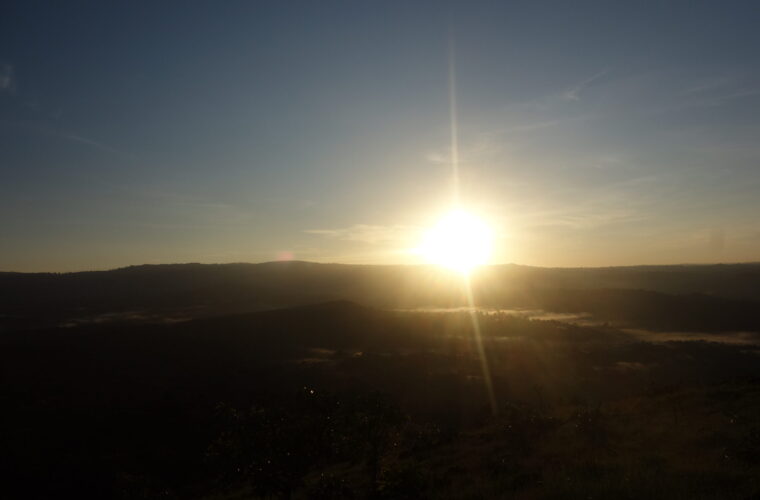







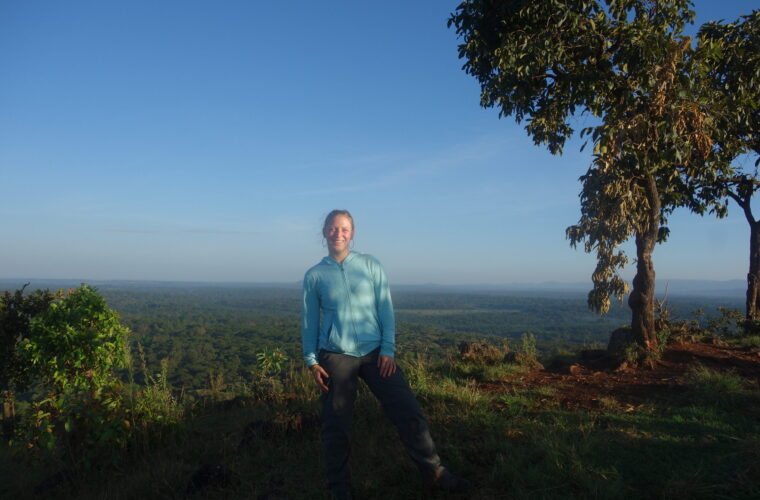
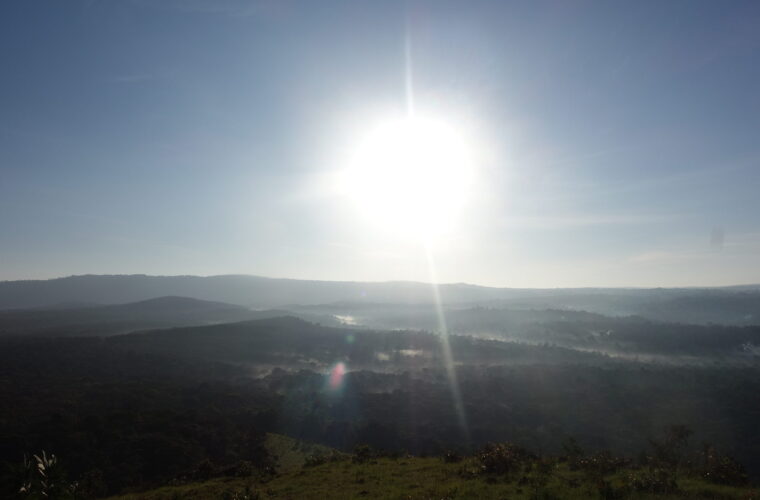



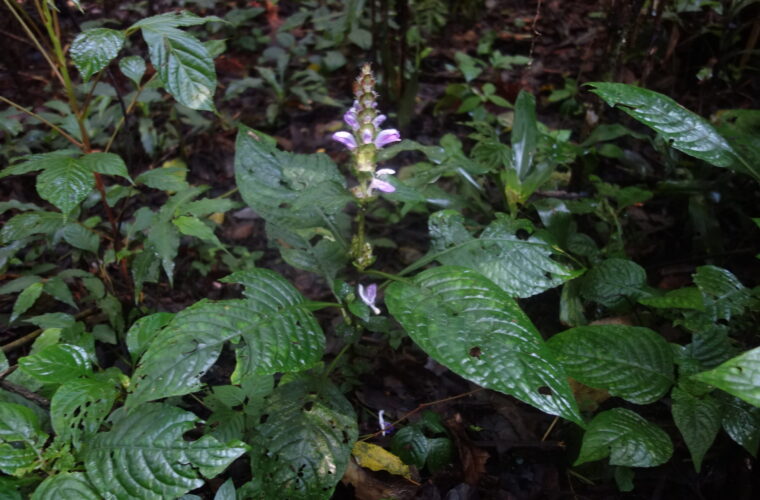
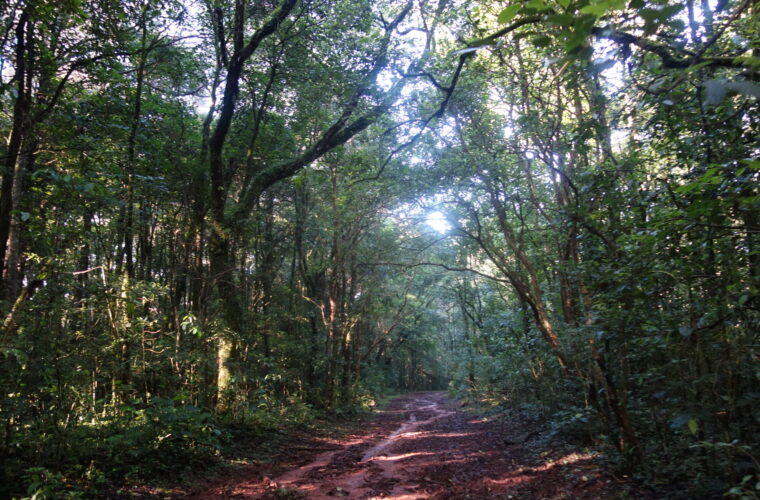









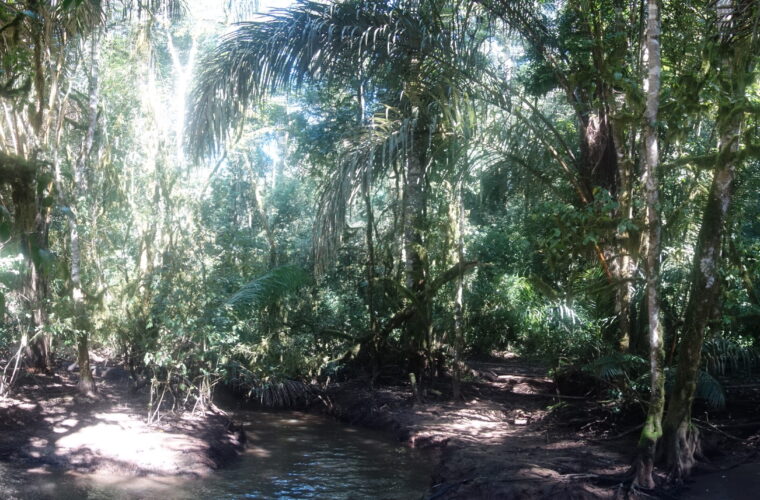

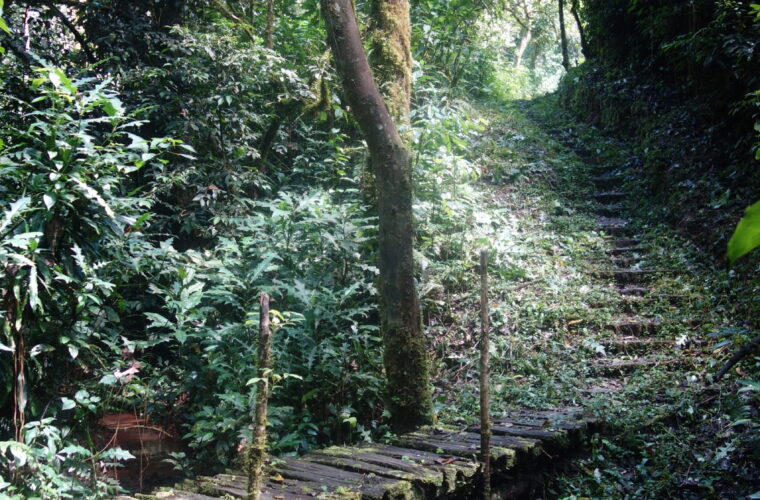







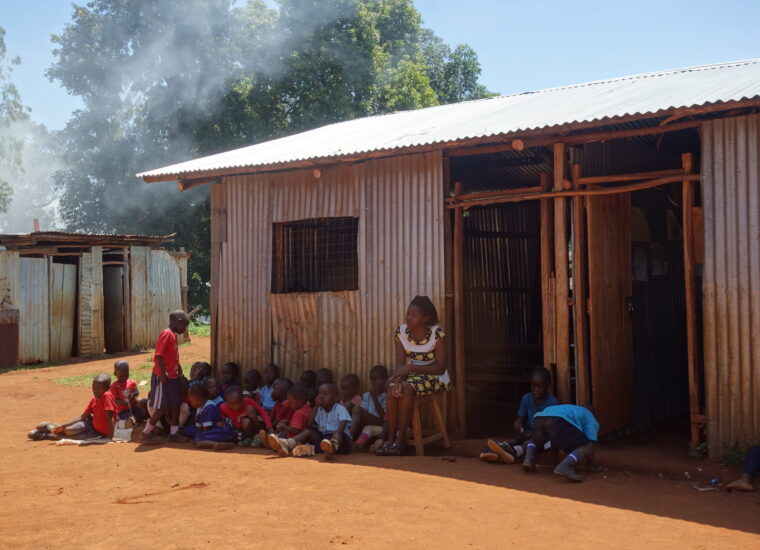



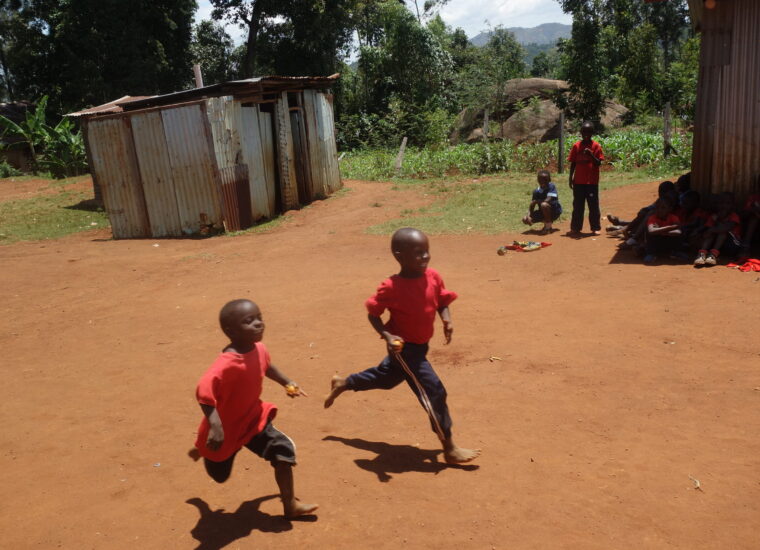


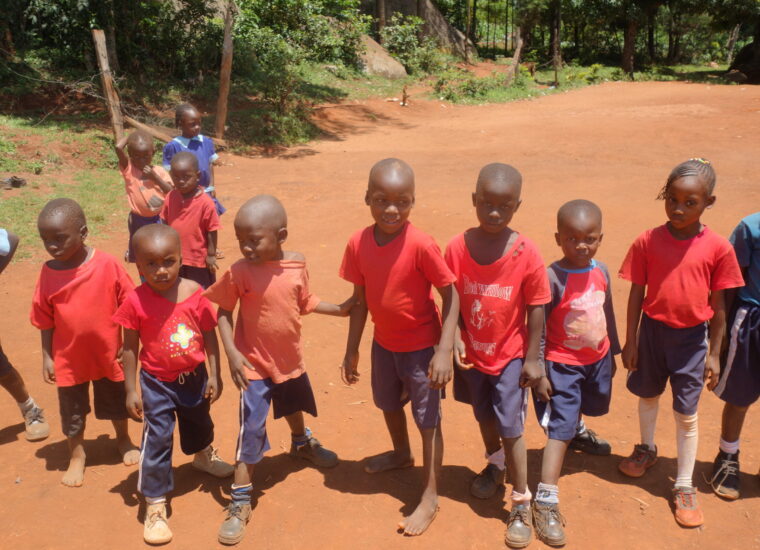
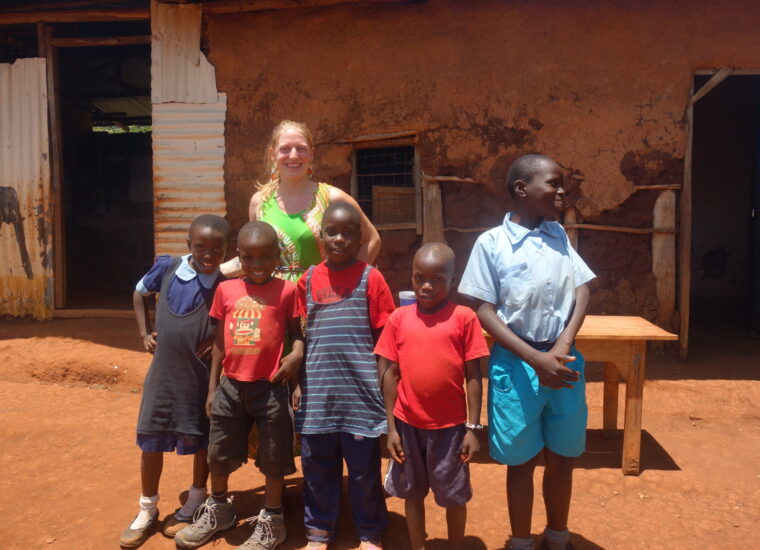
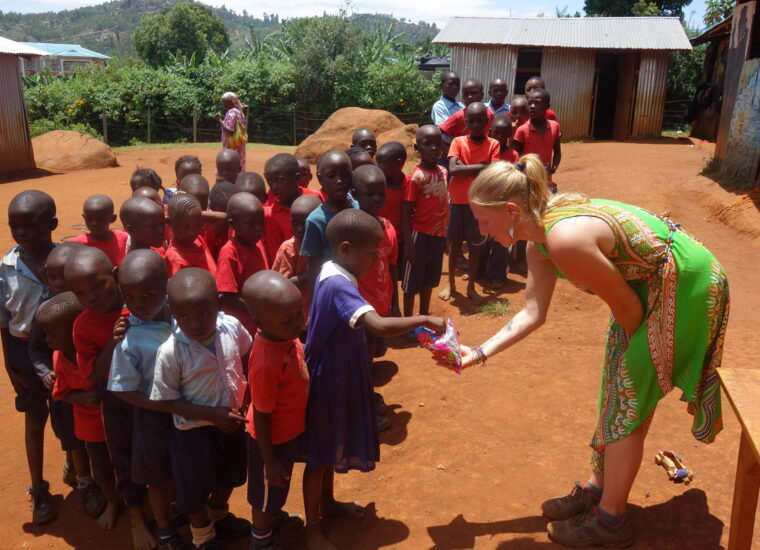


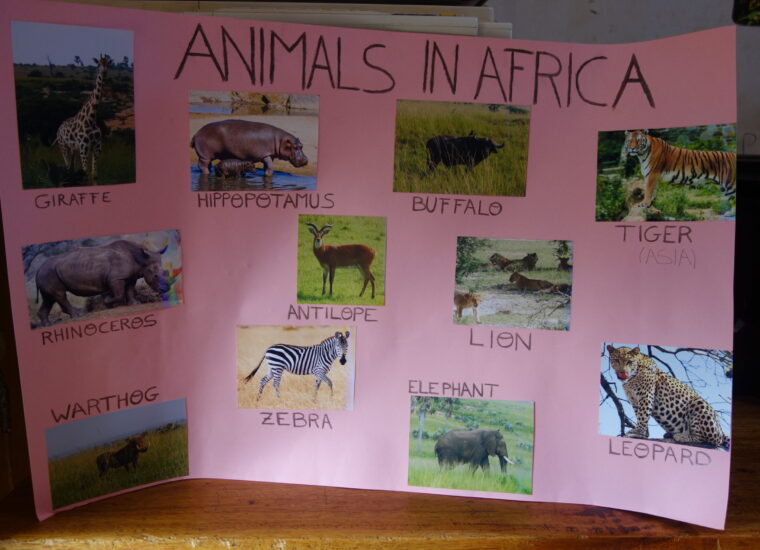


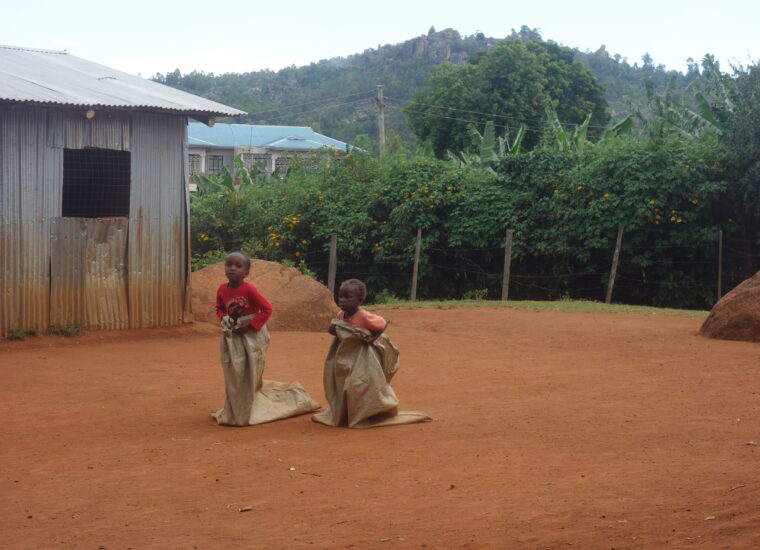

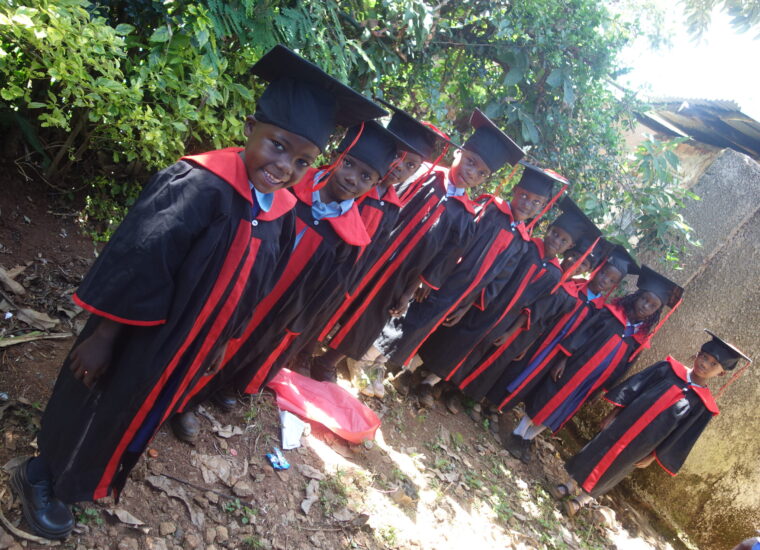

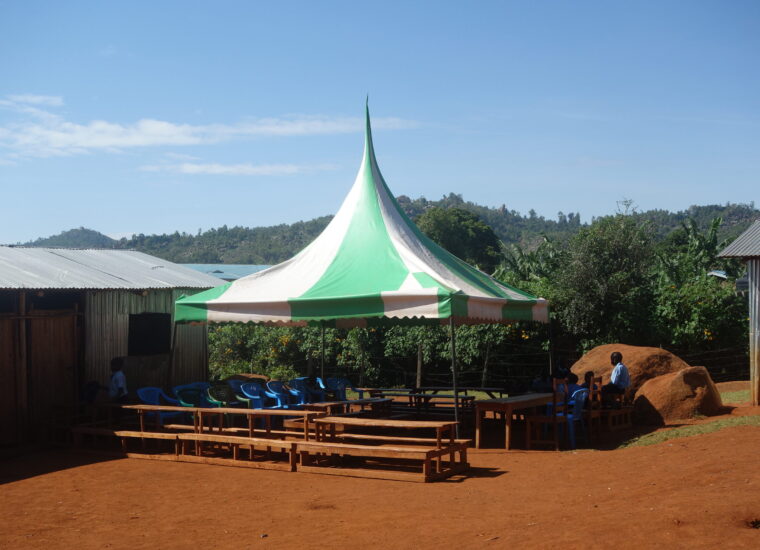
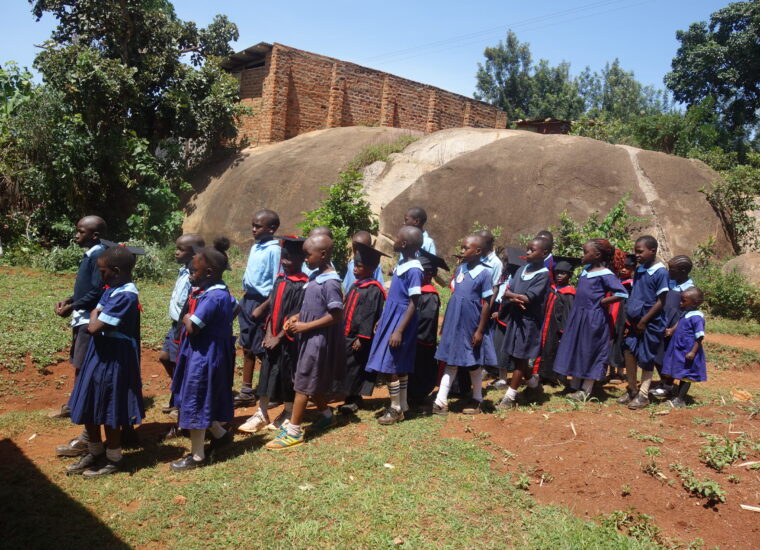


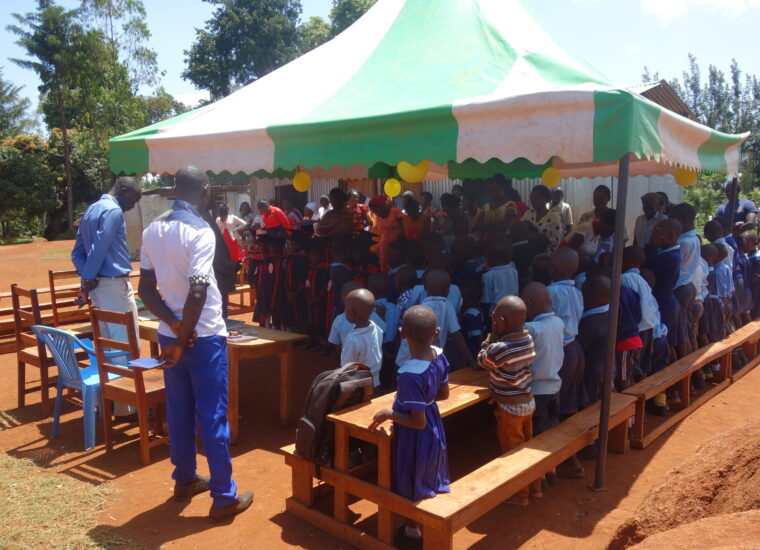

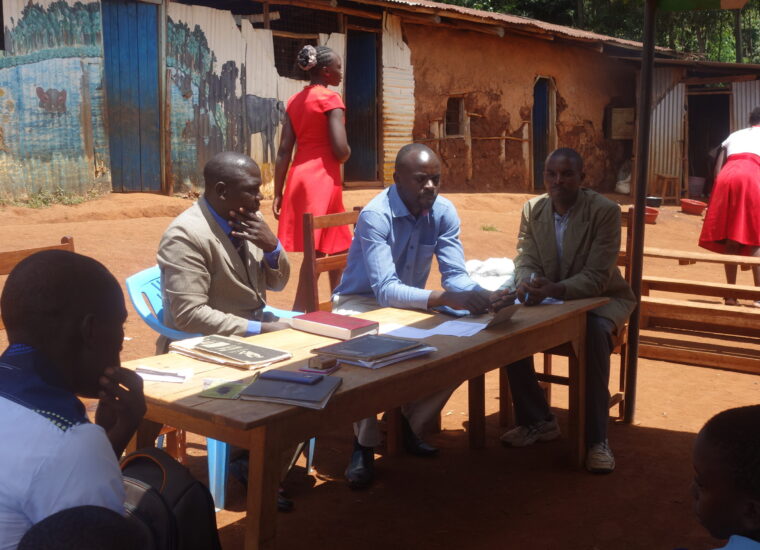

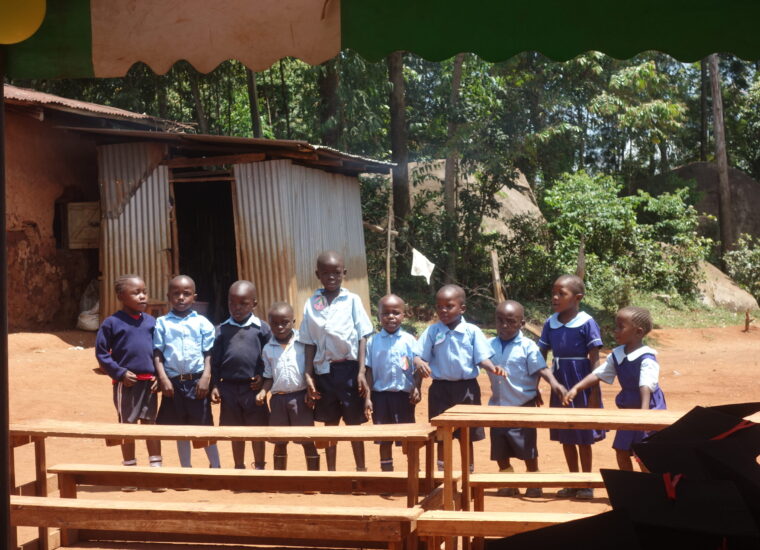


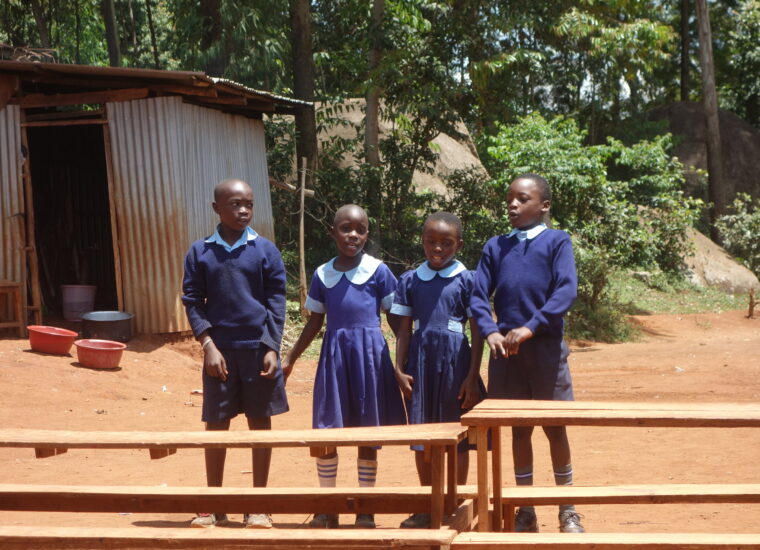



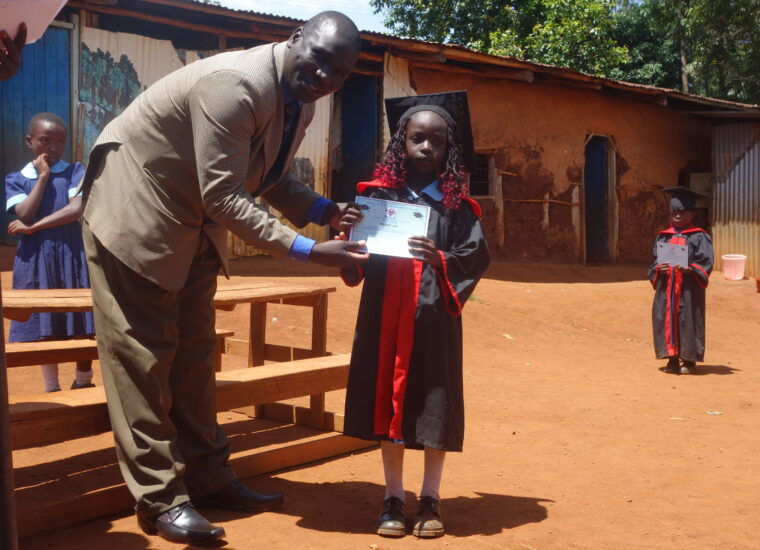





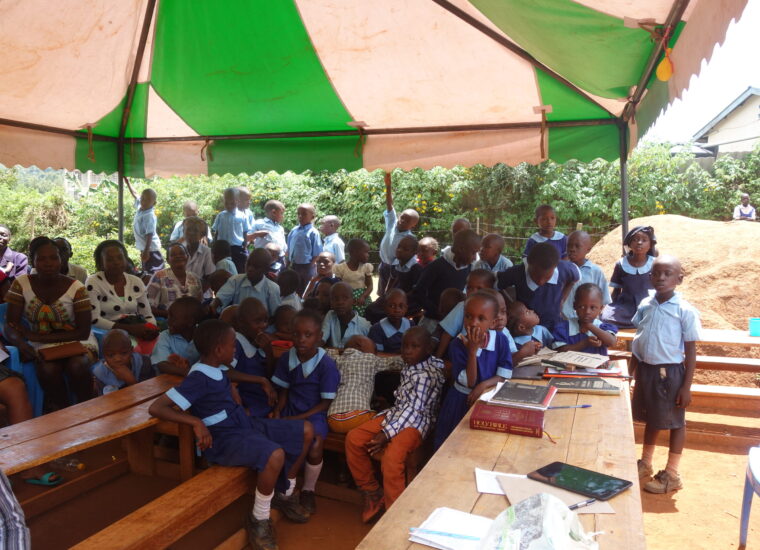

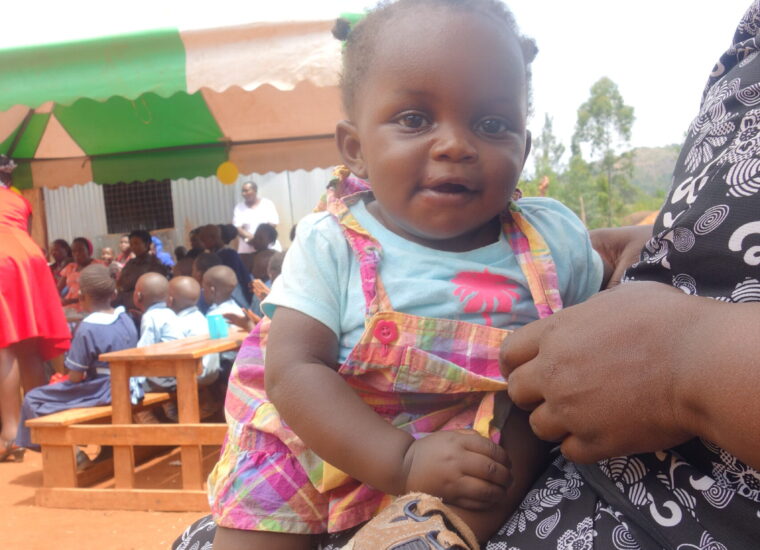

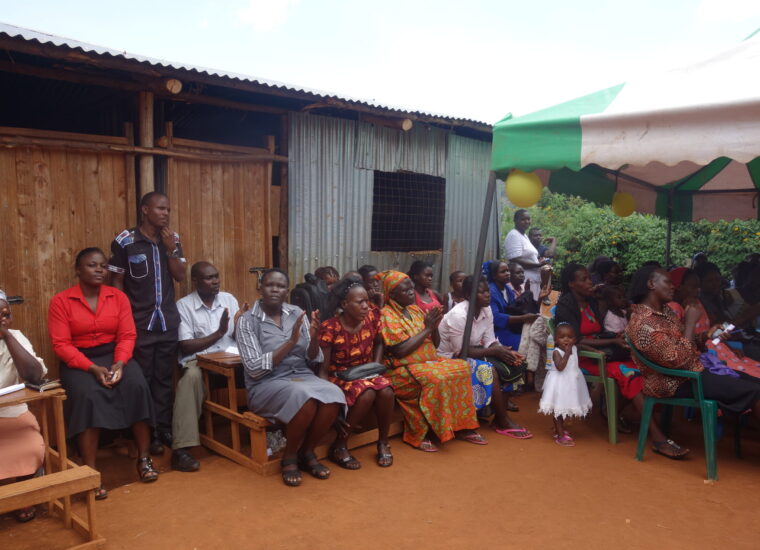

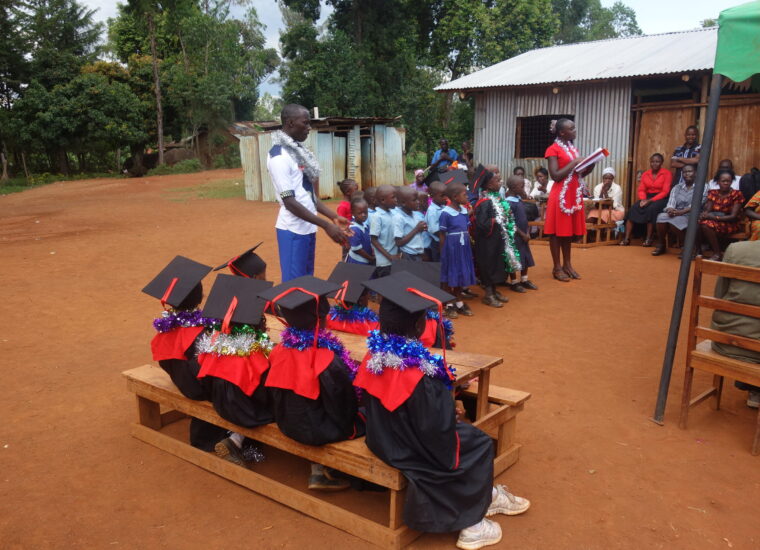
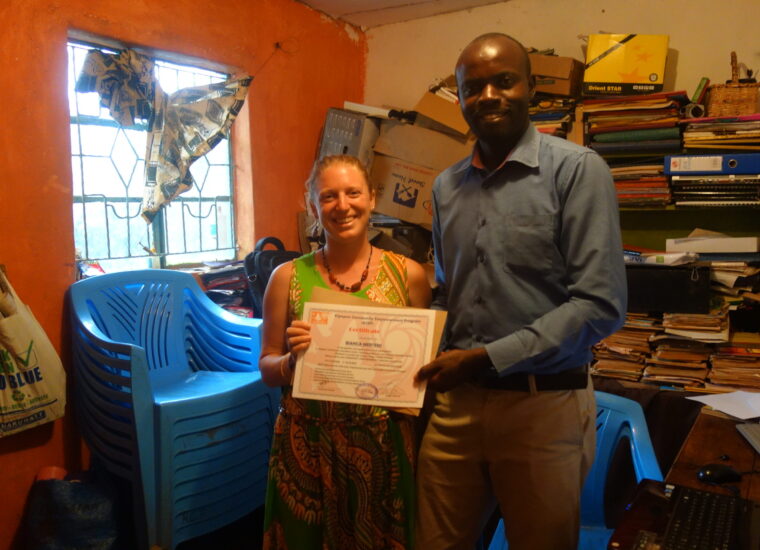
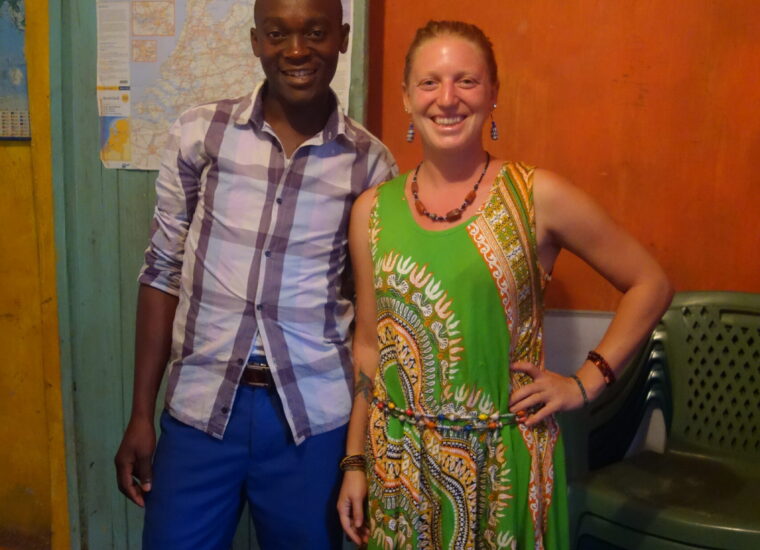





Leave a Reply